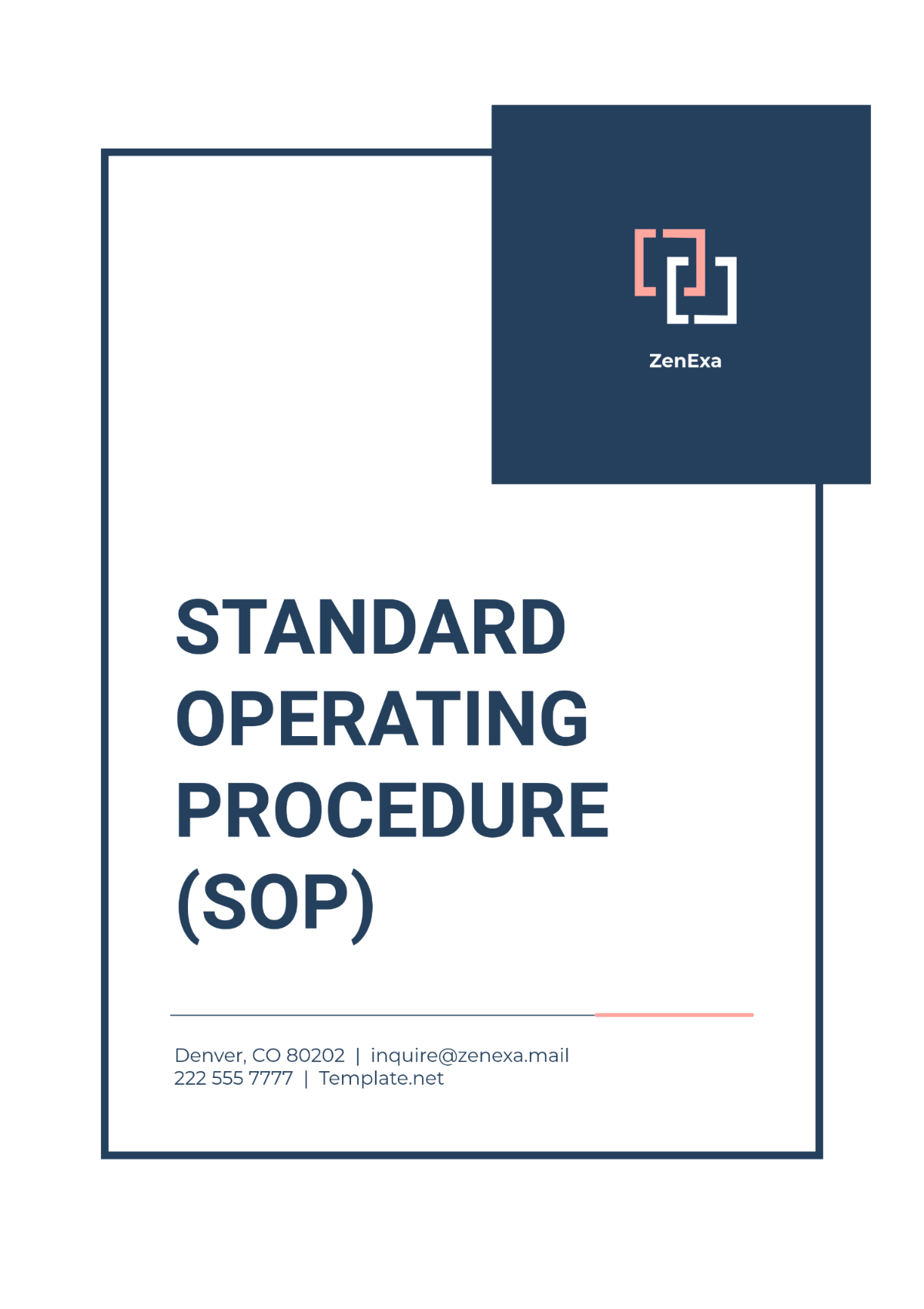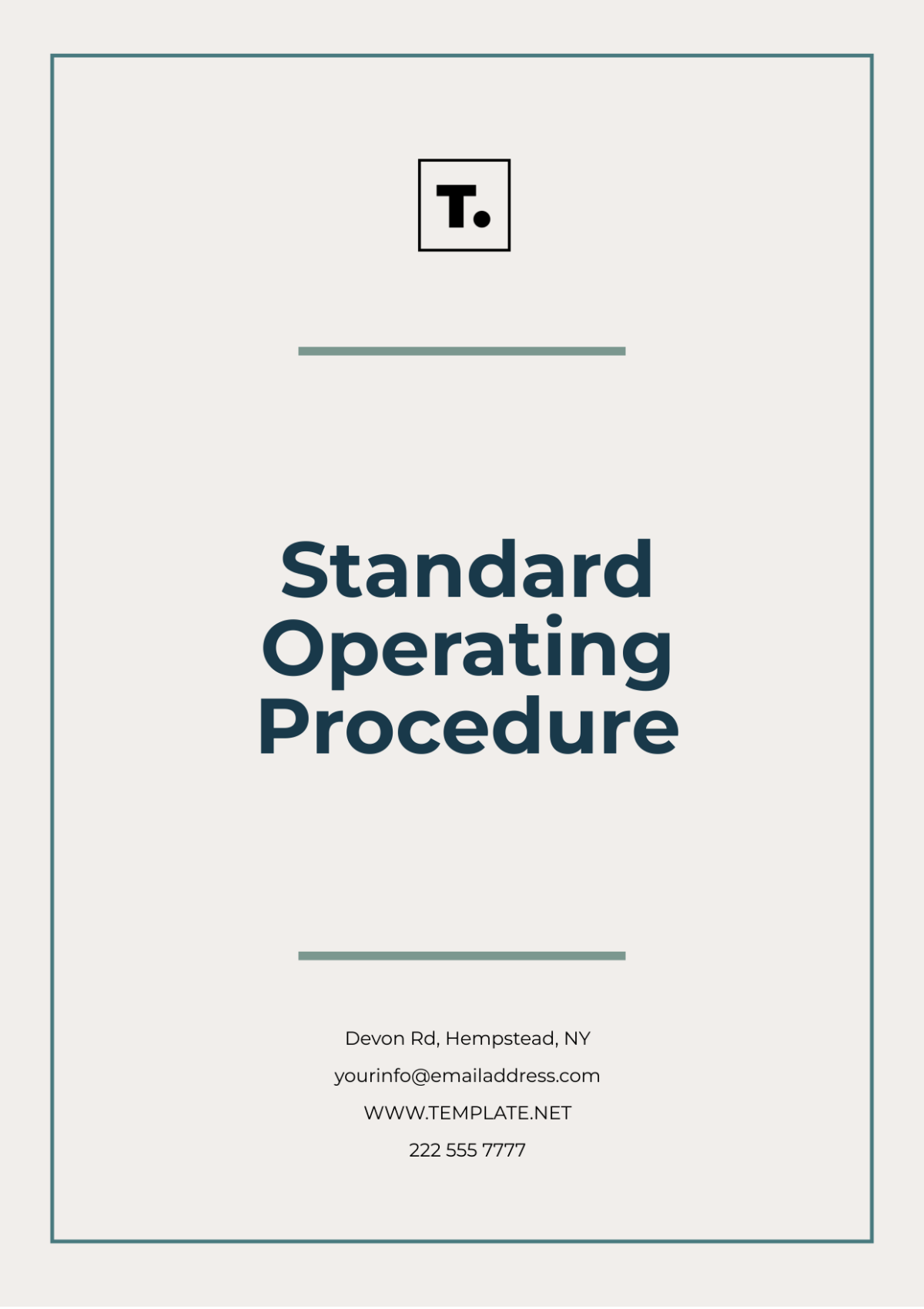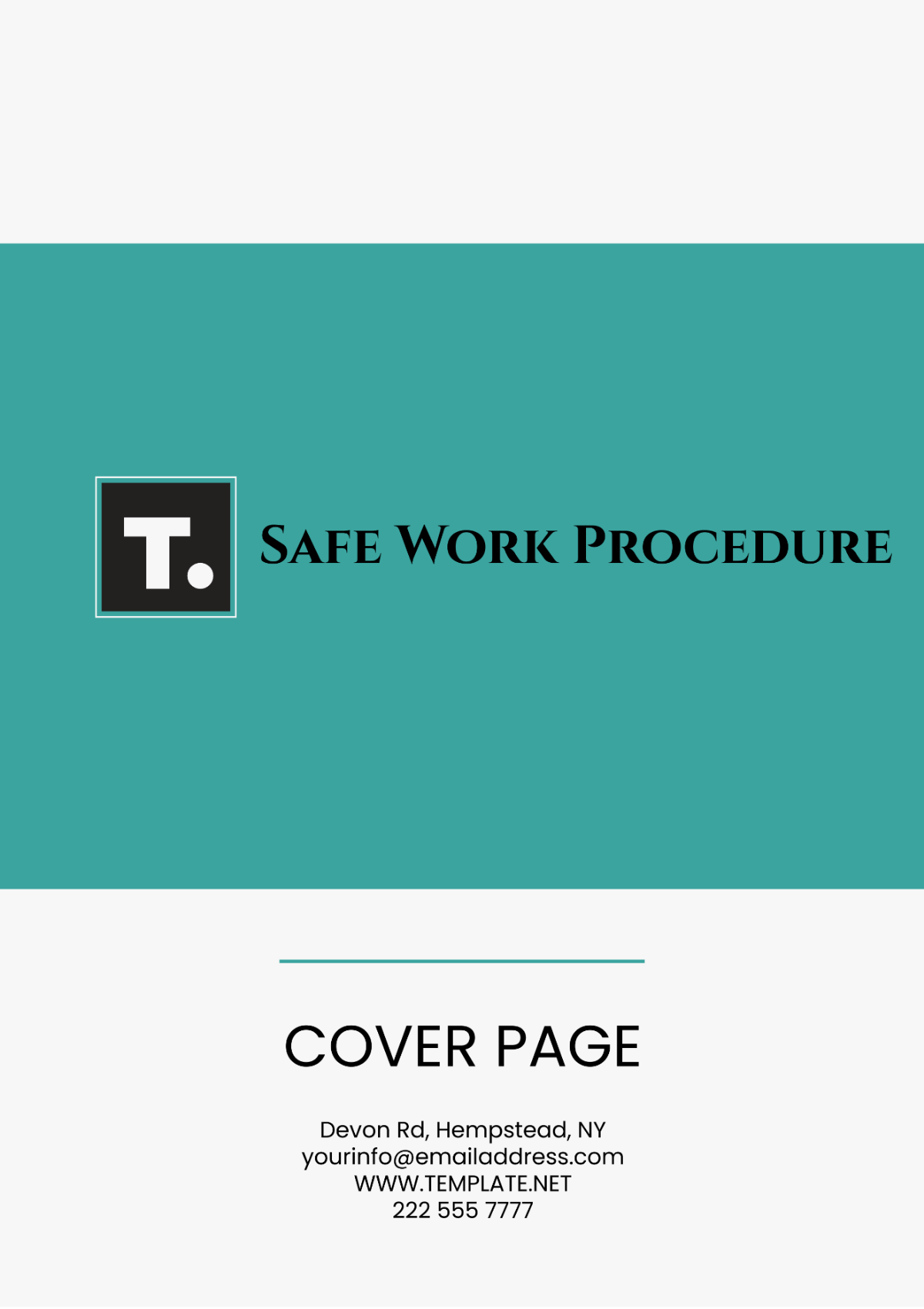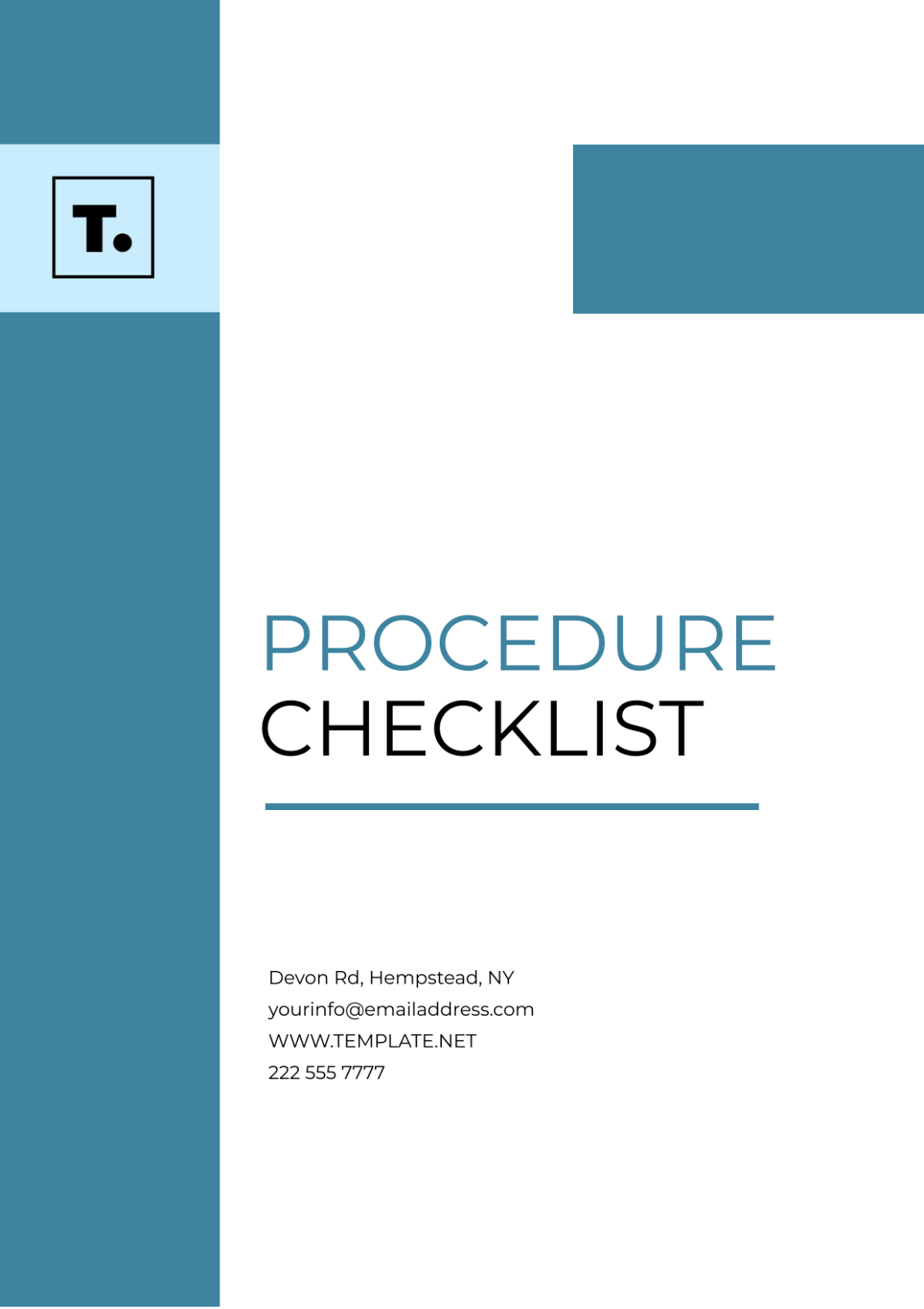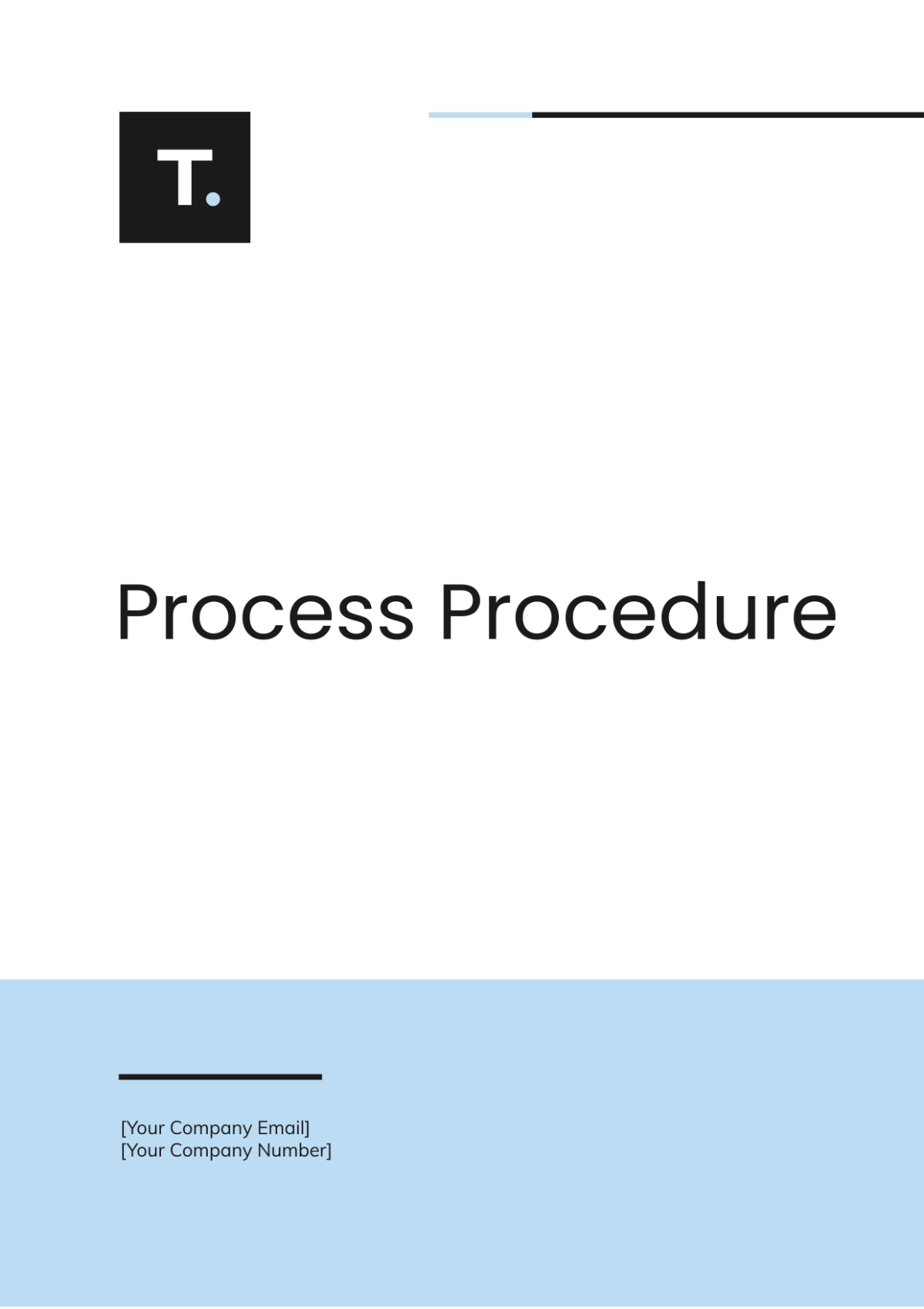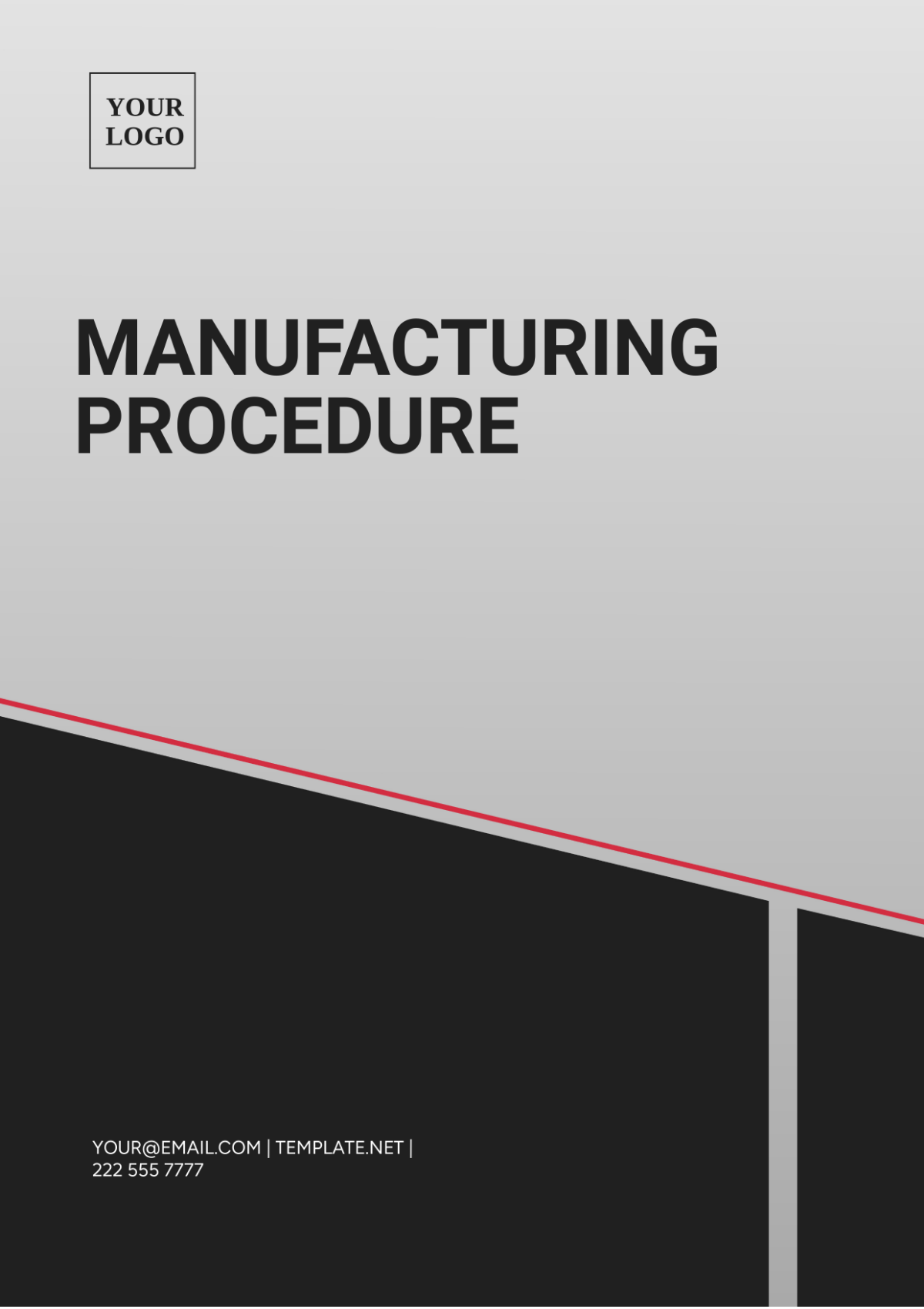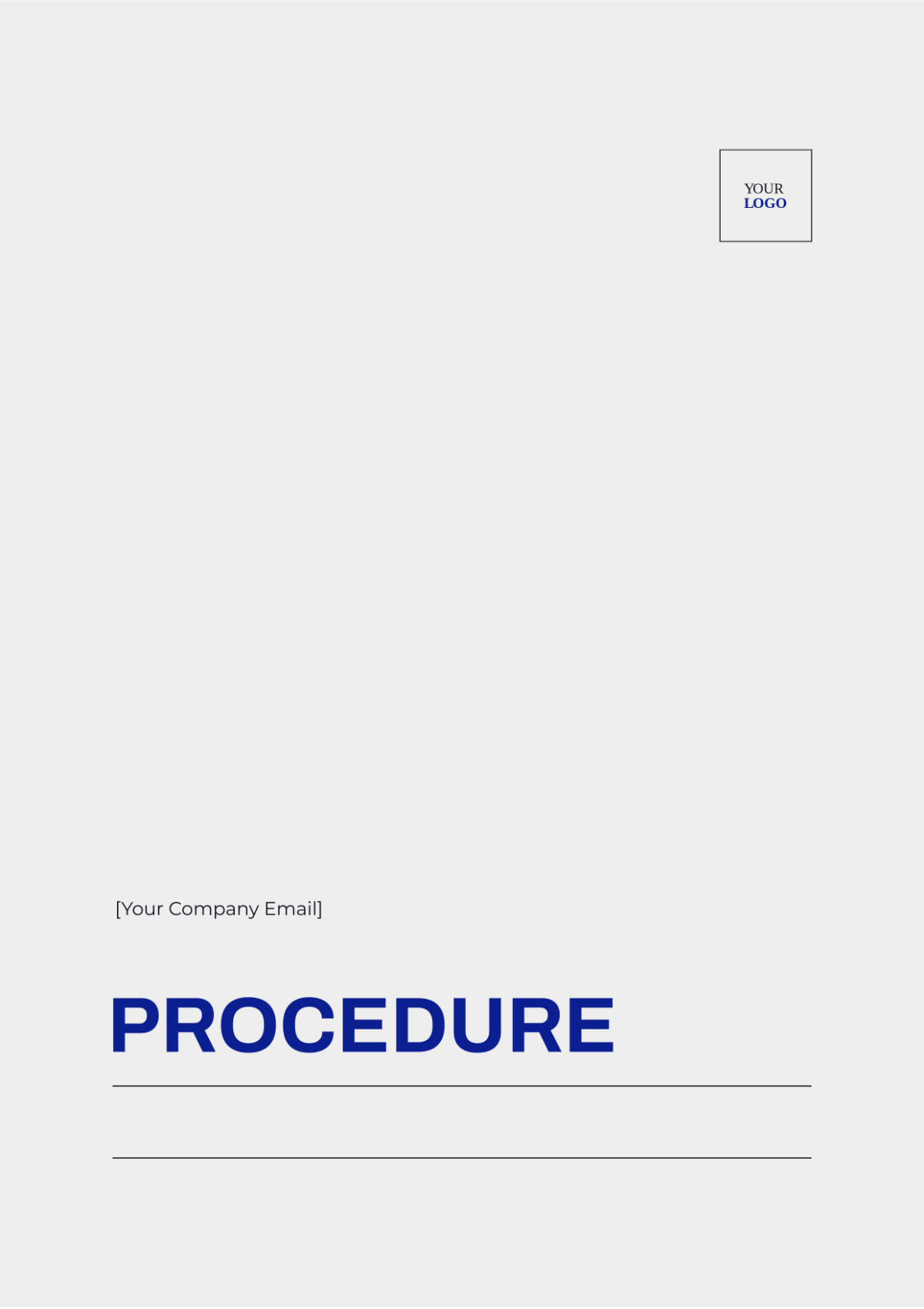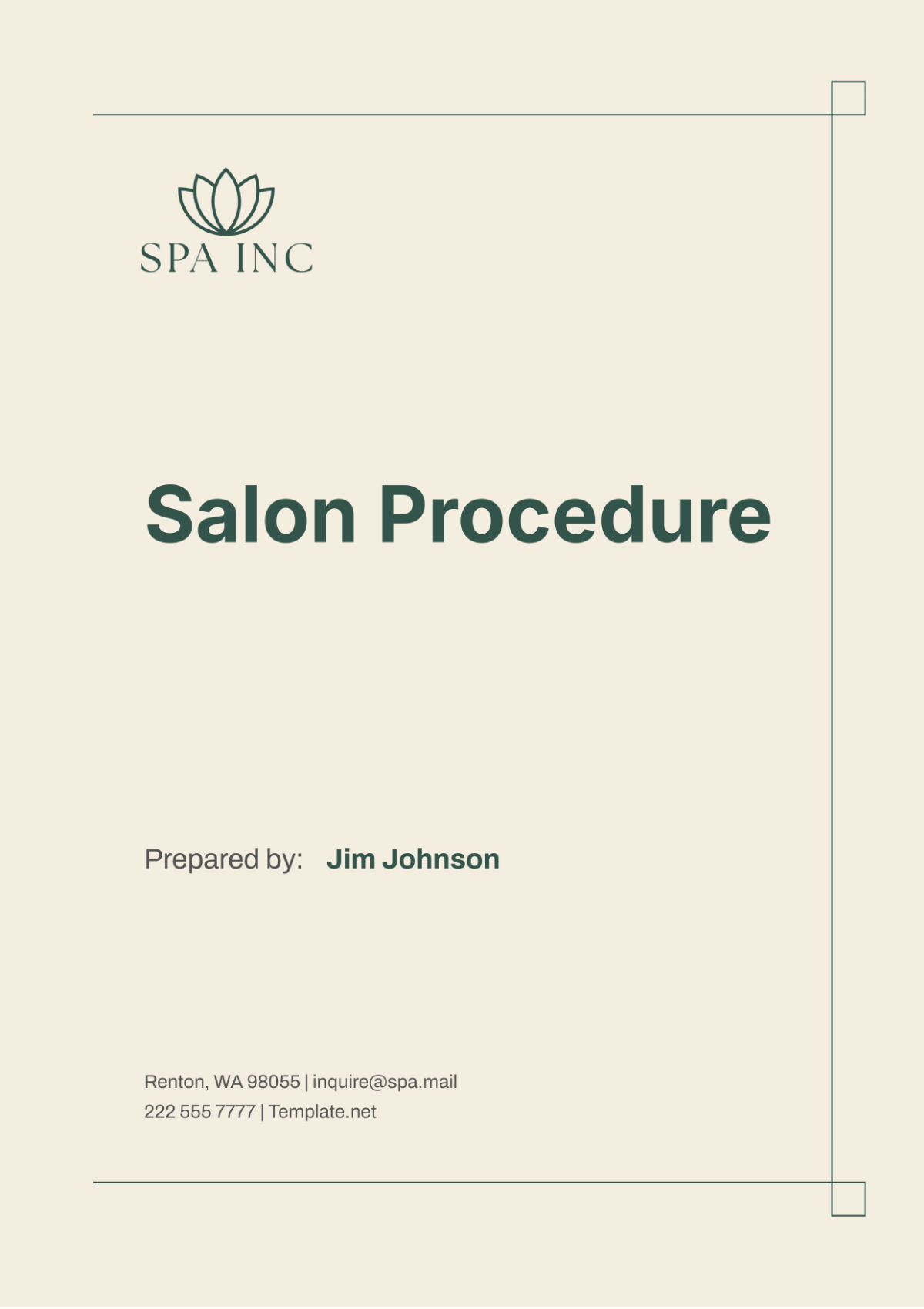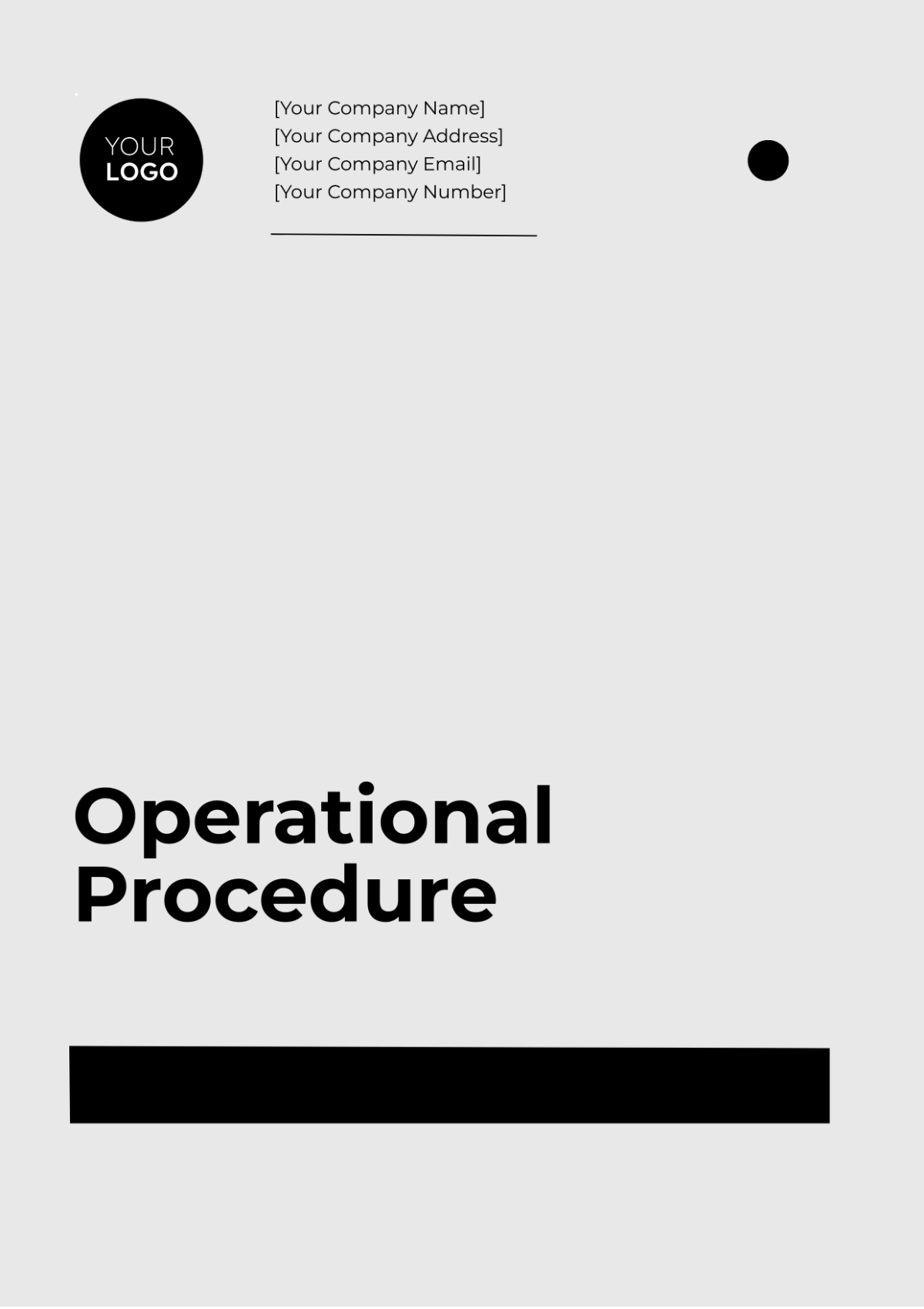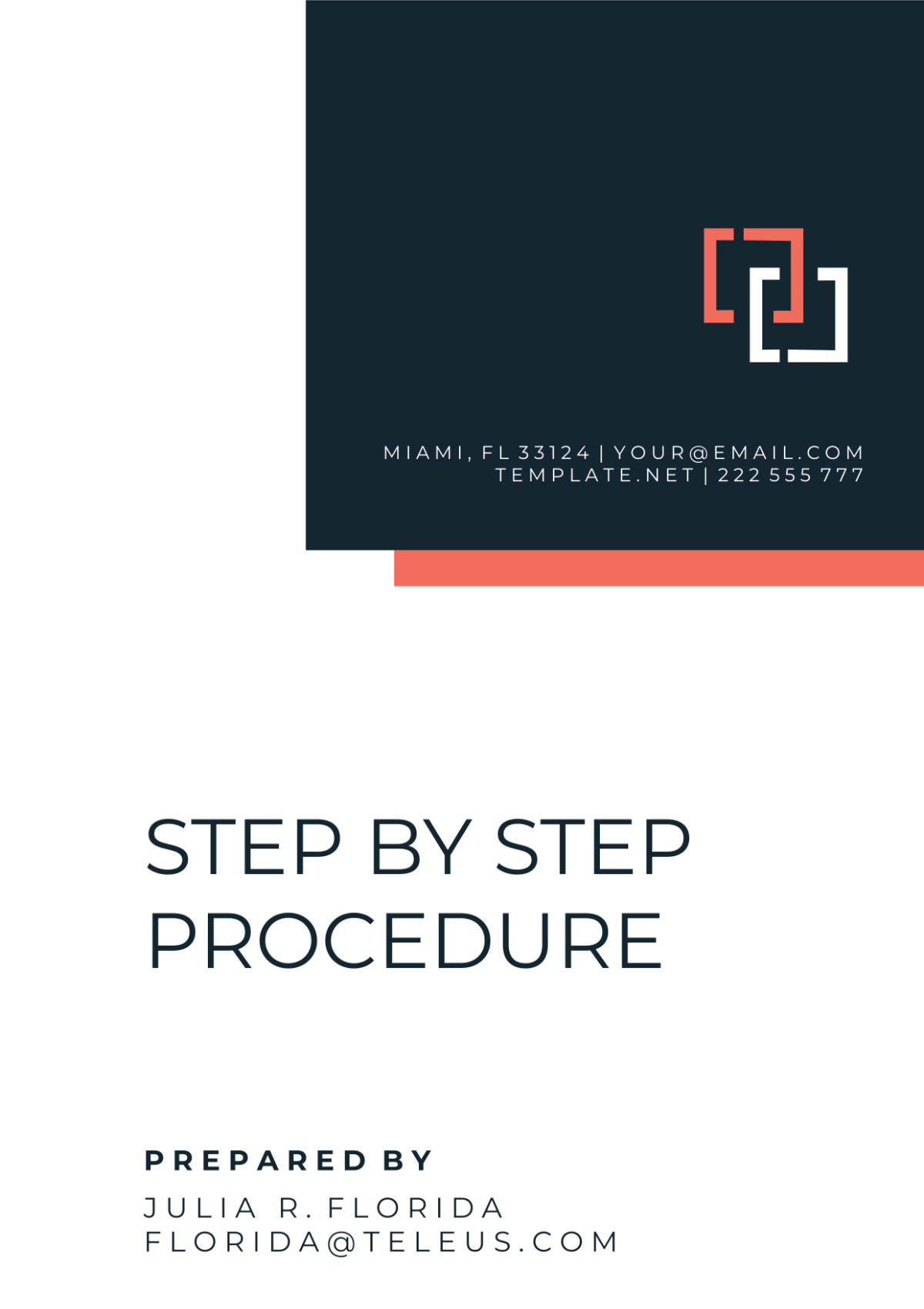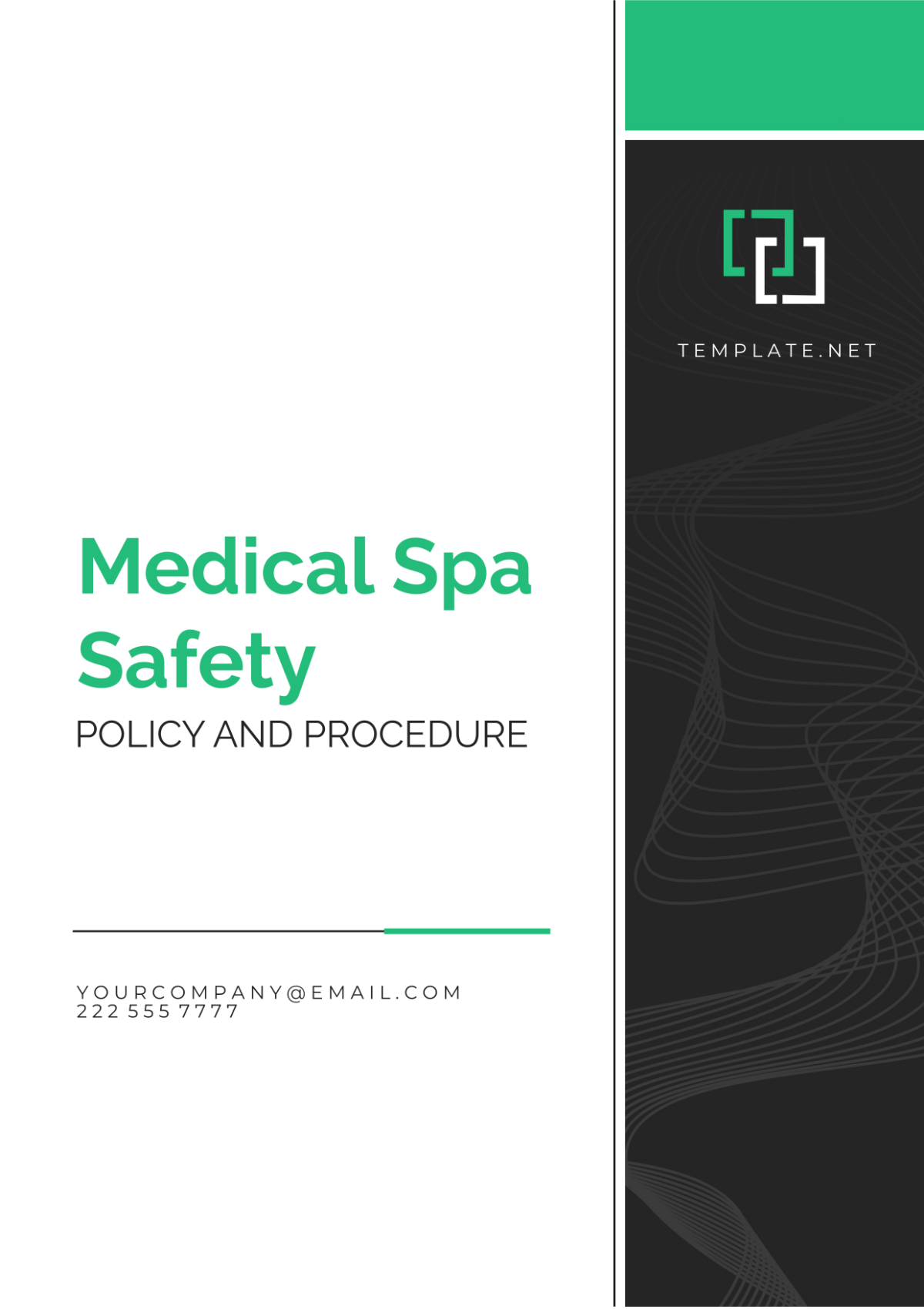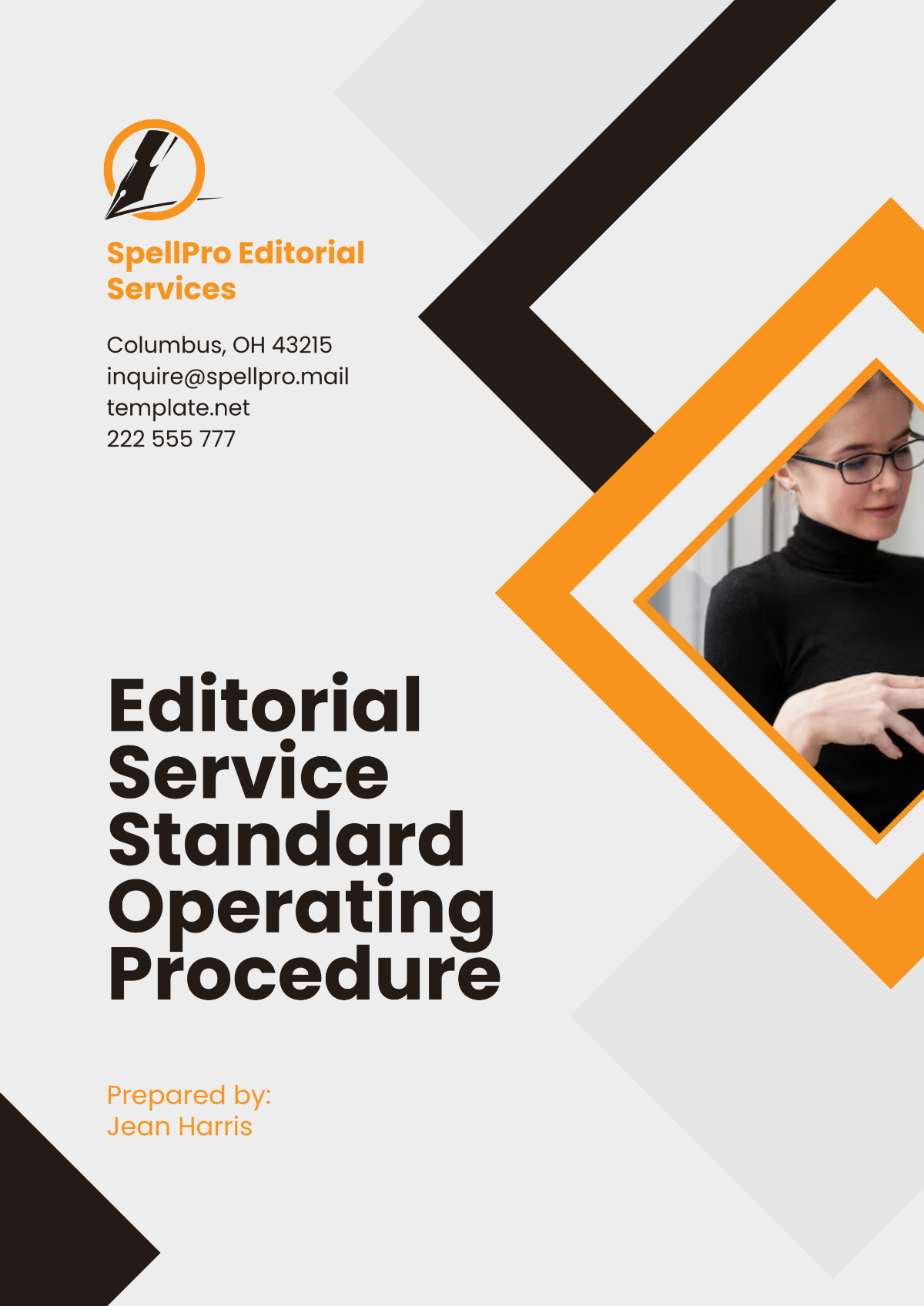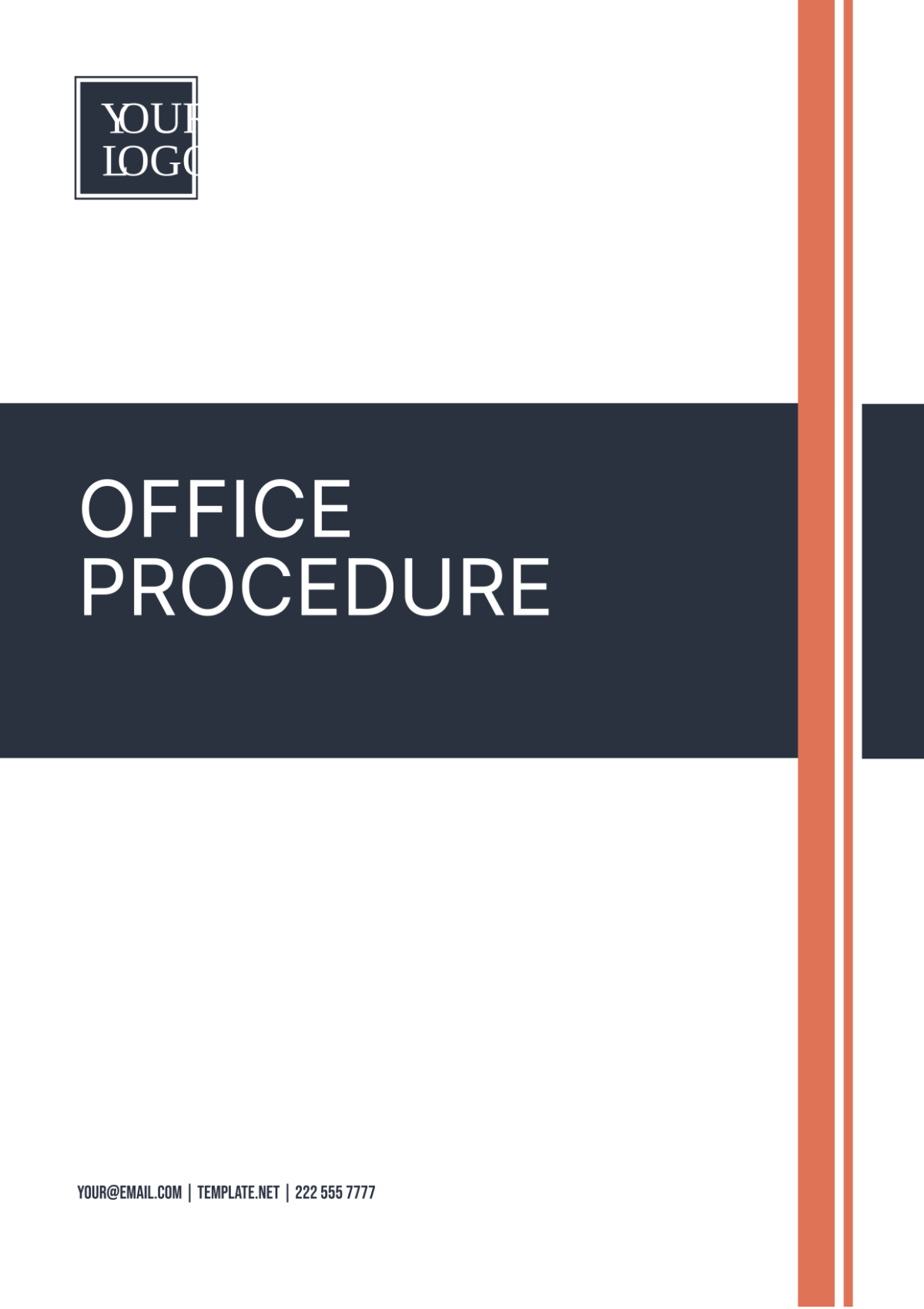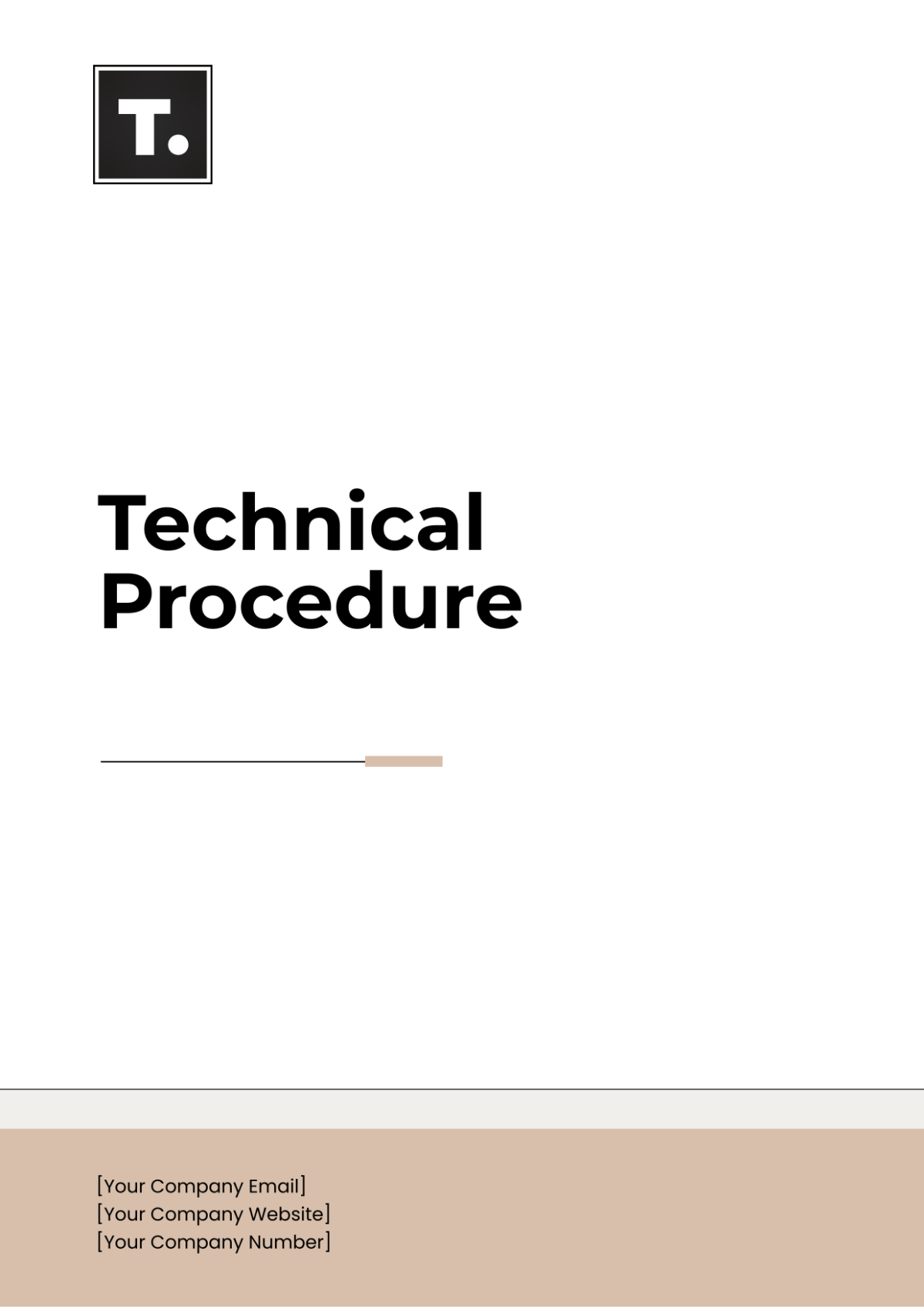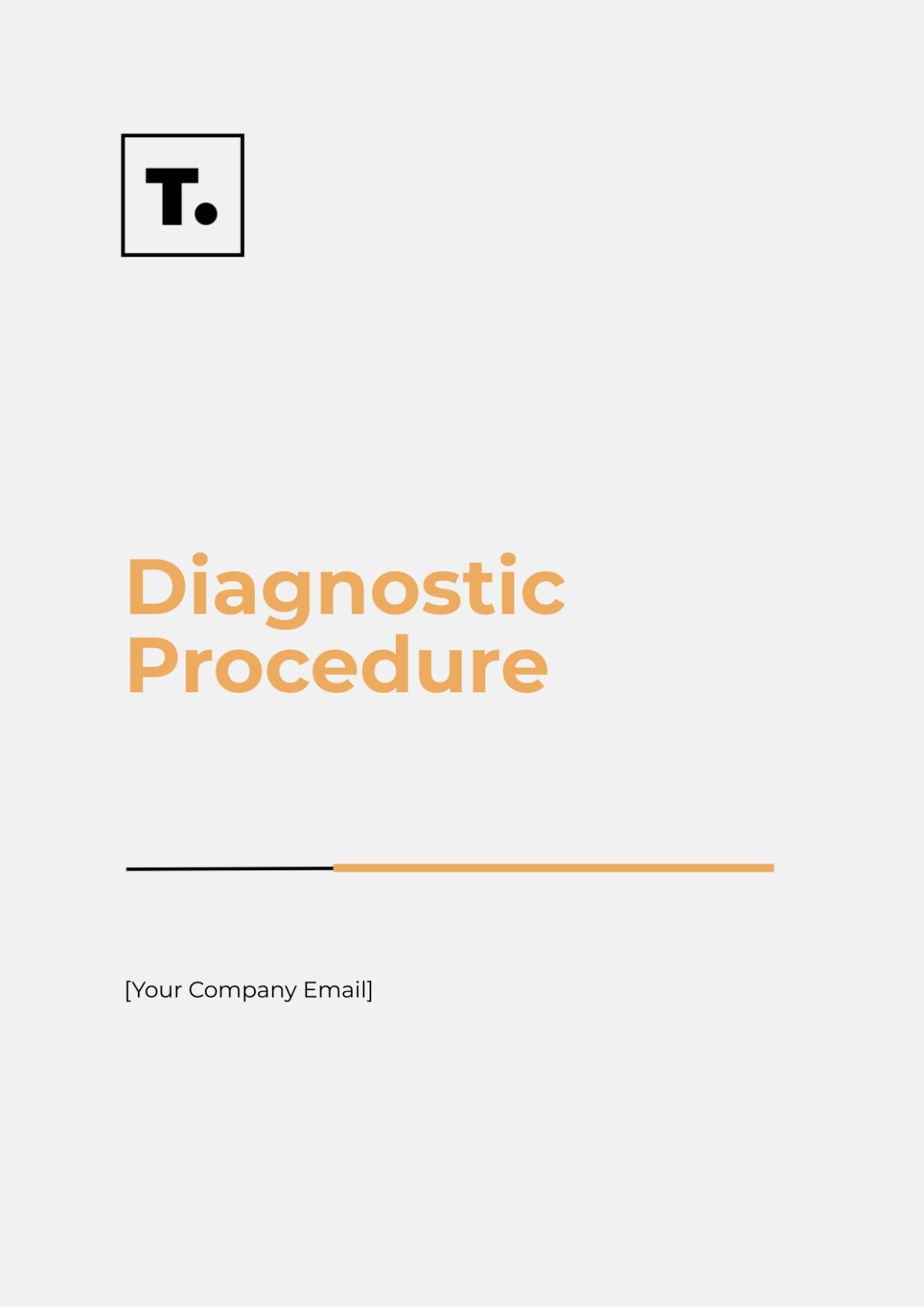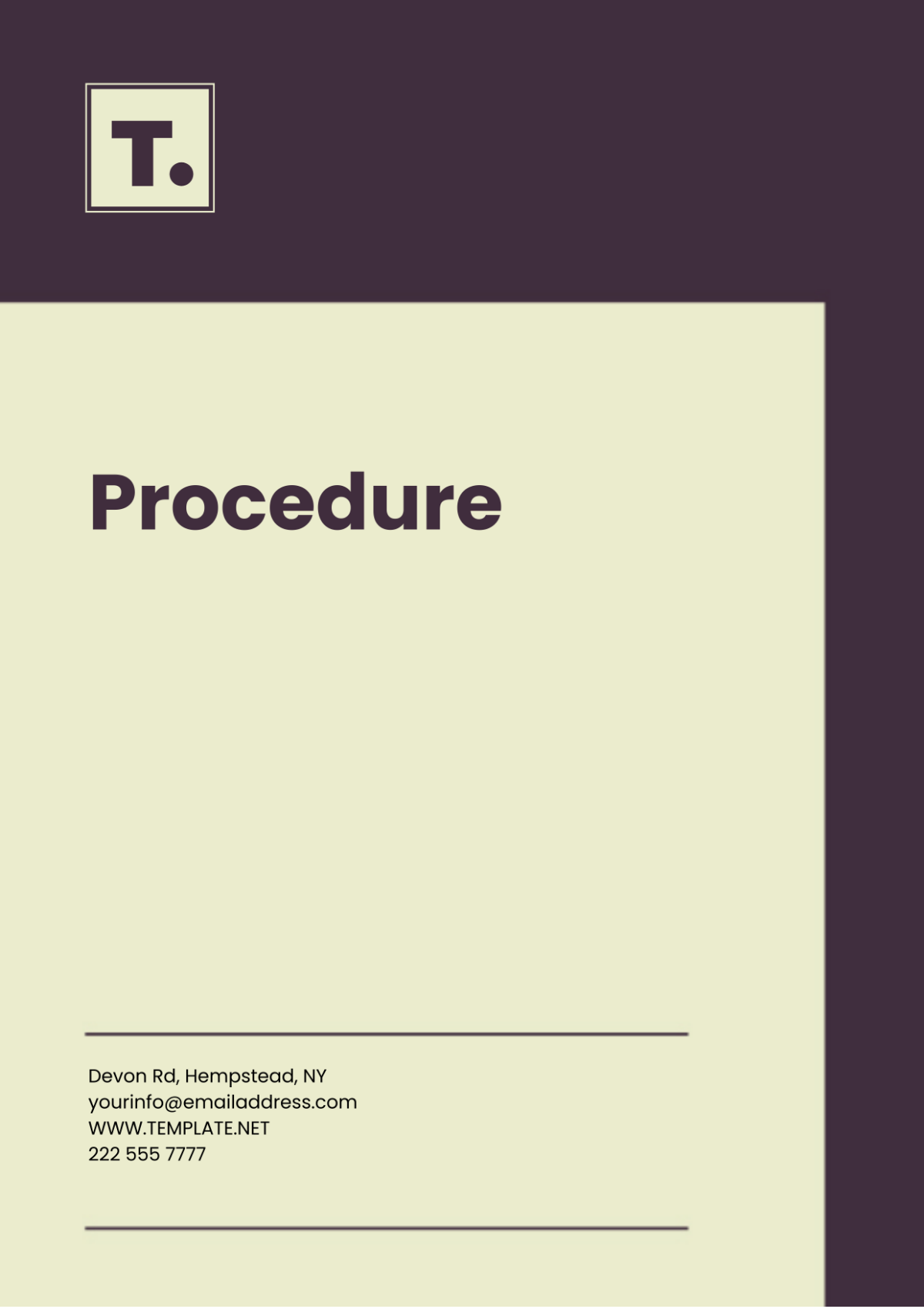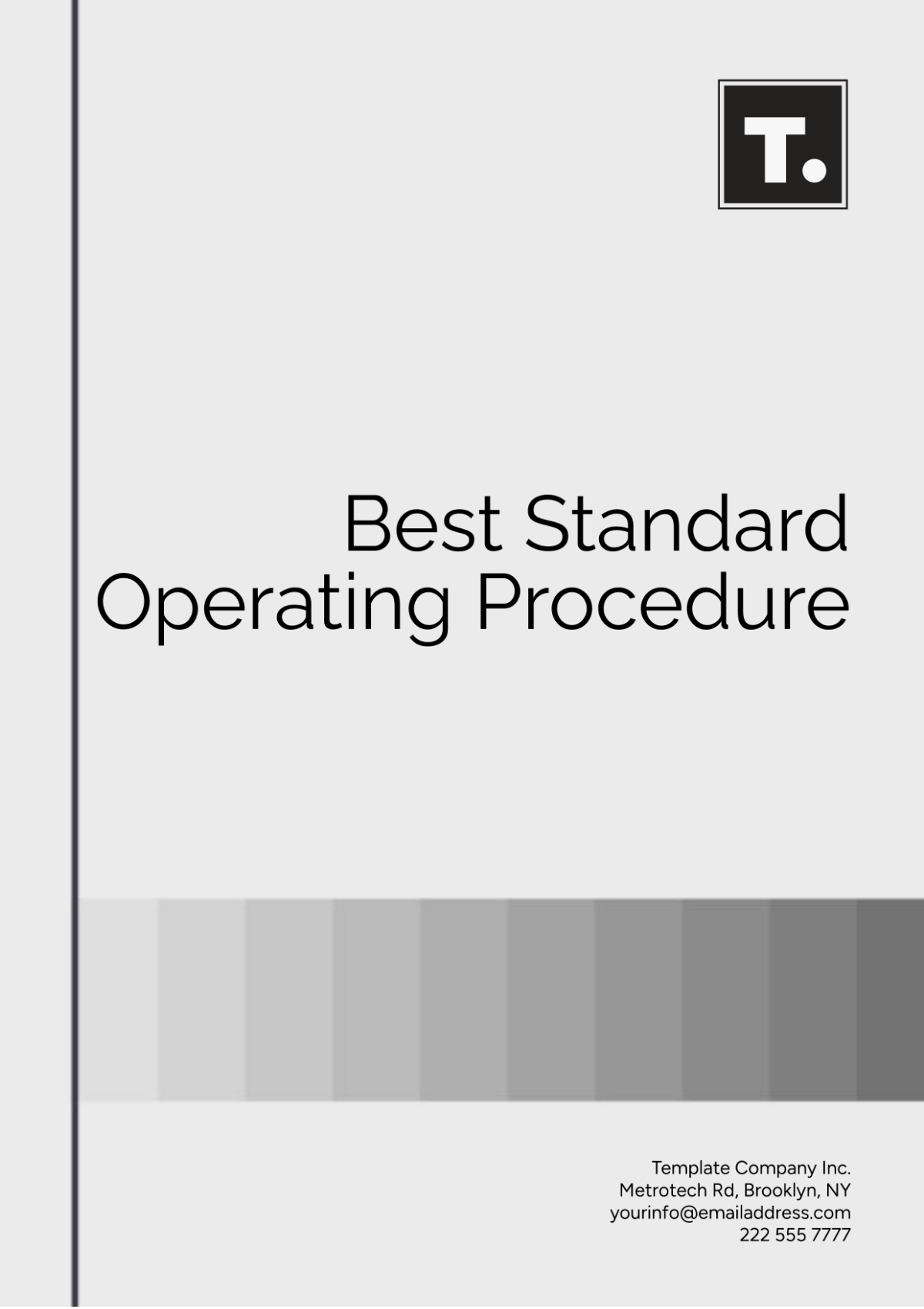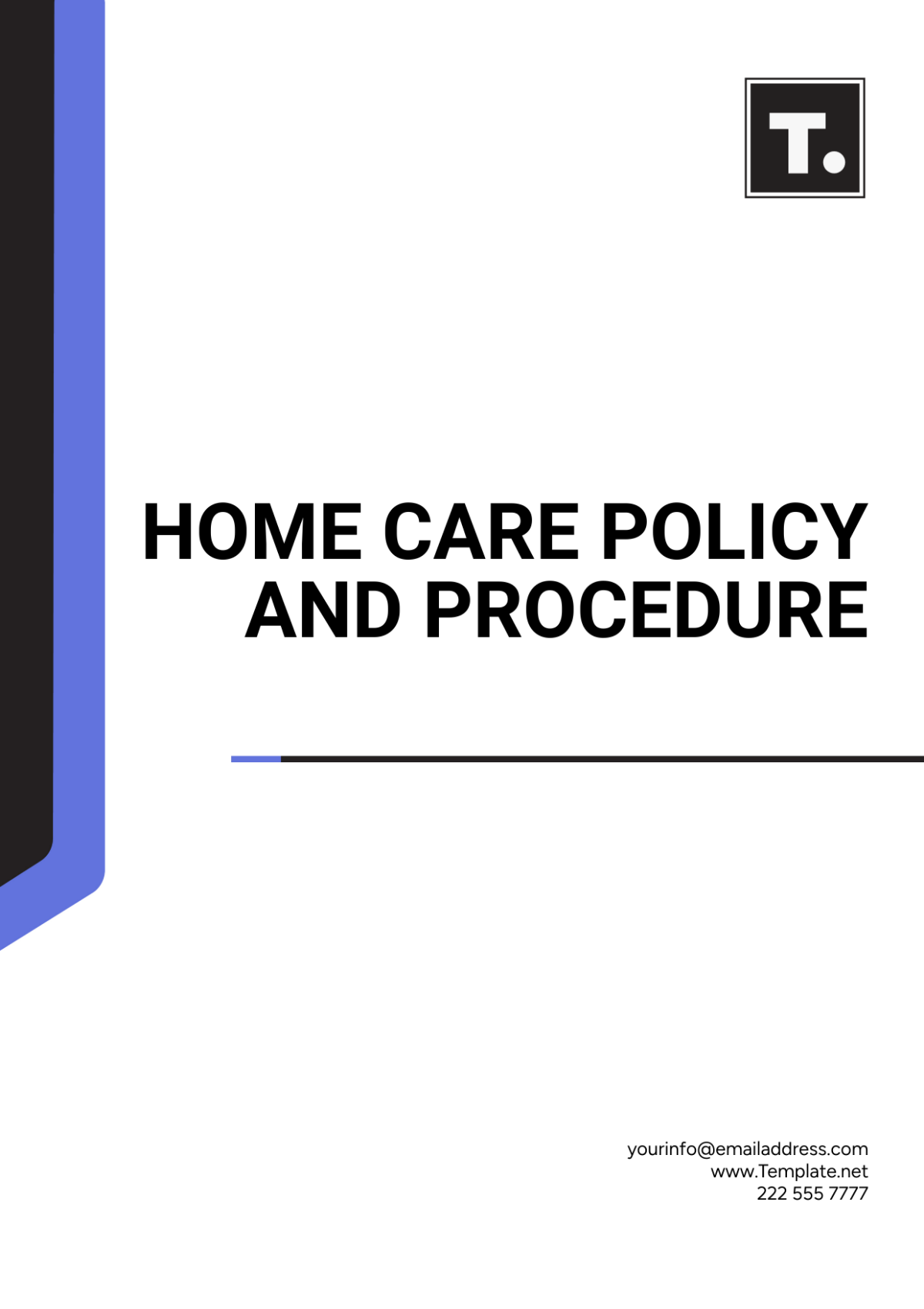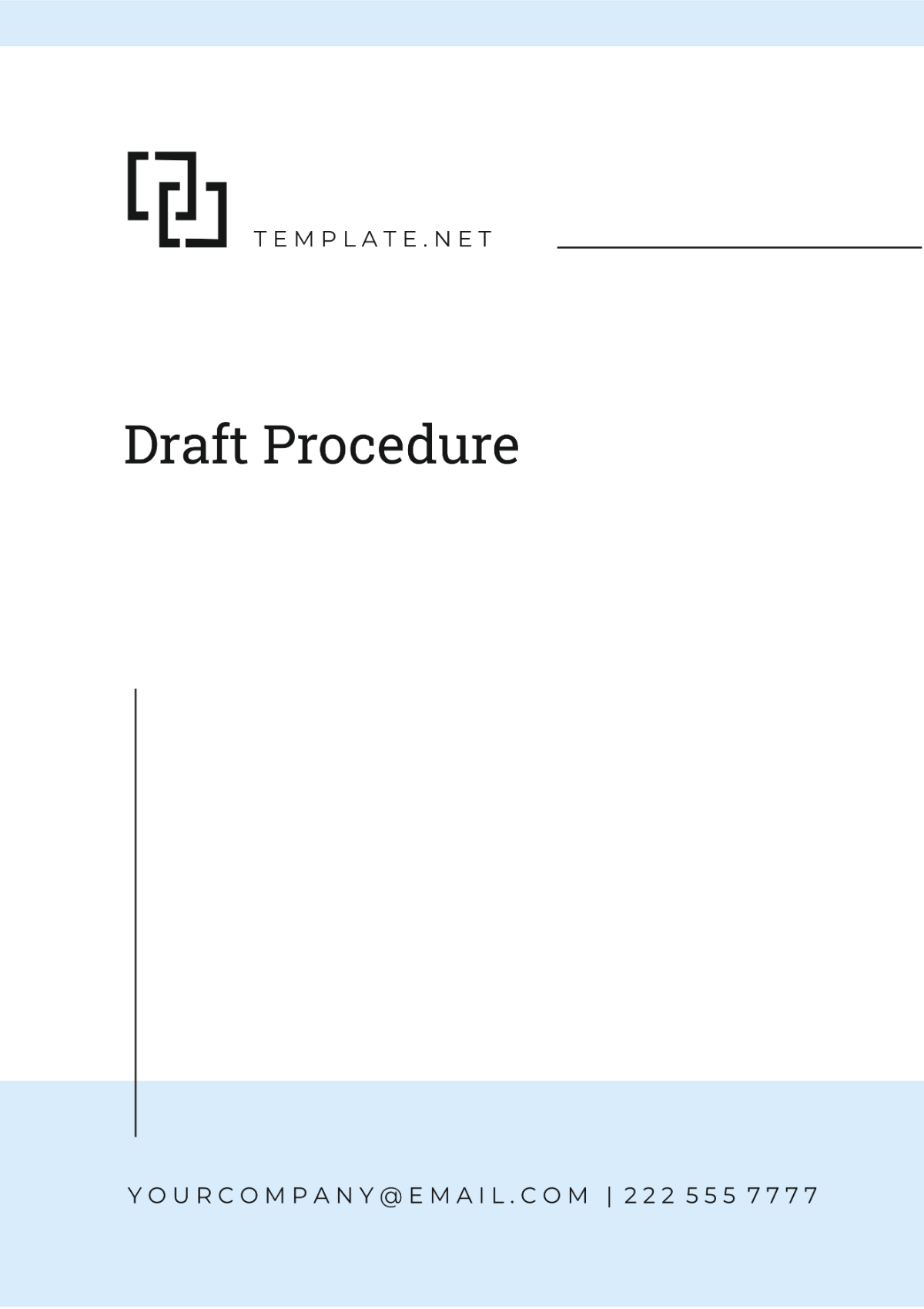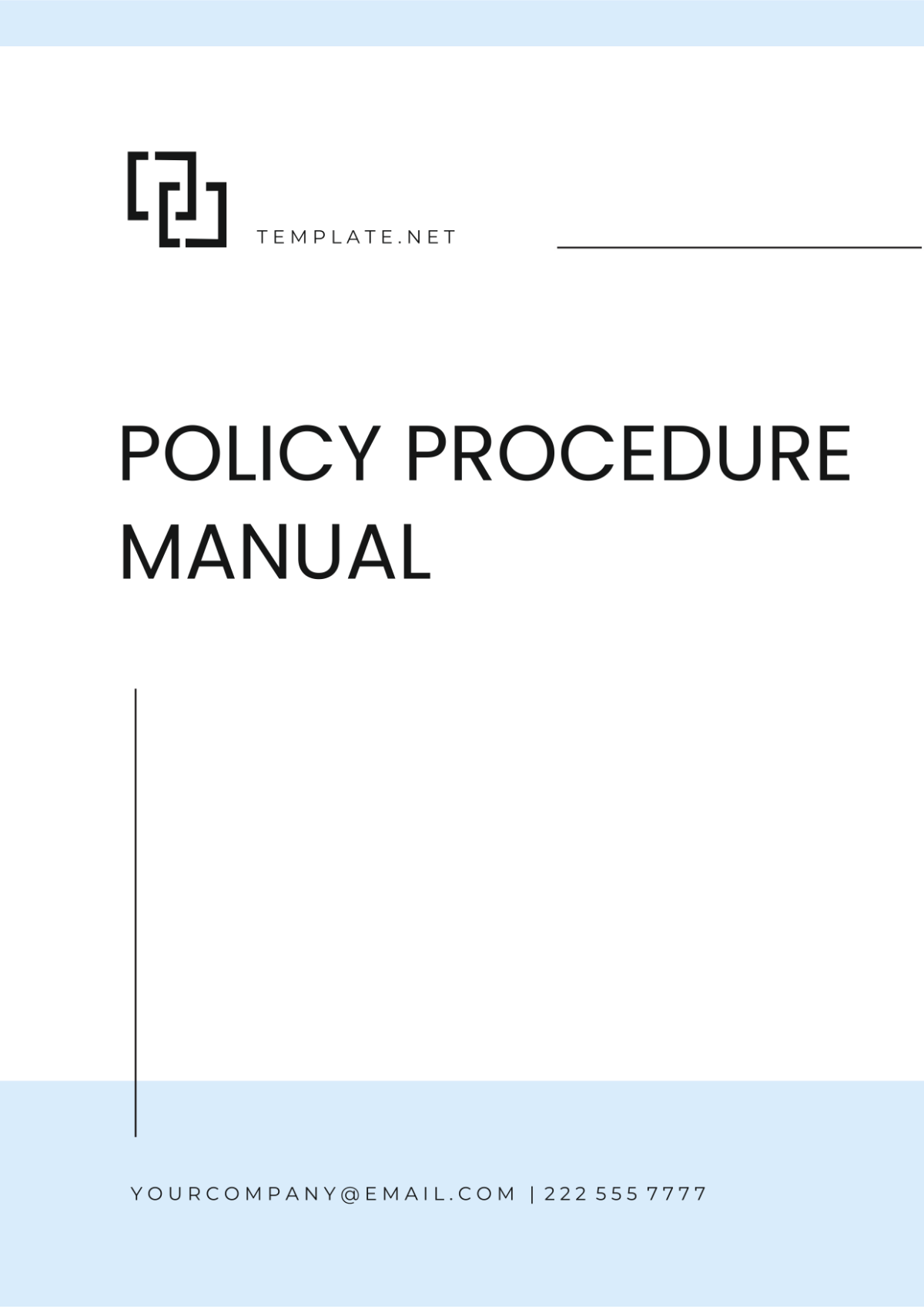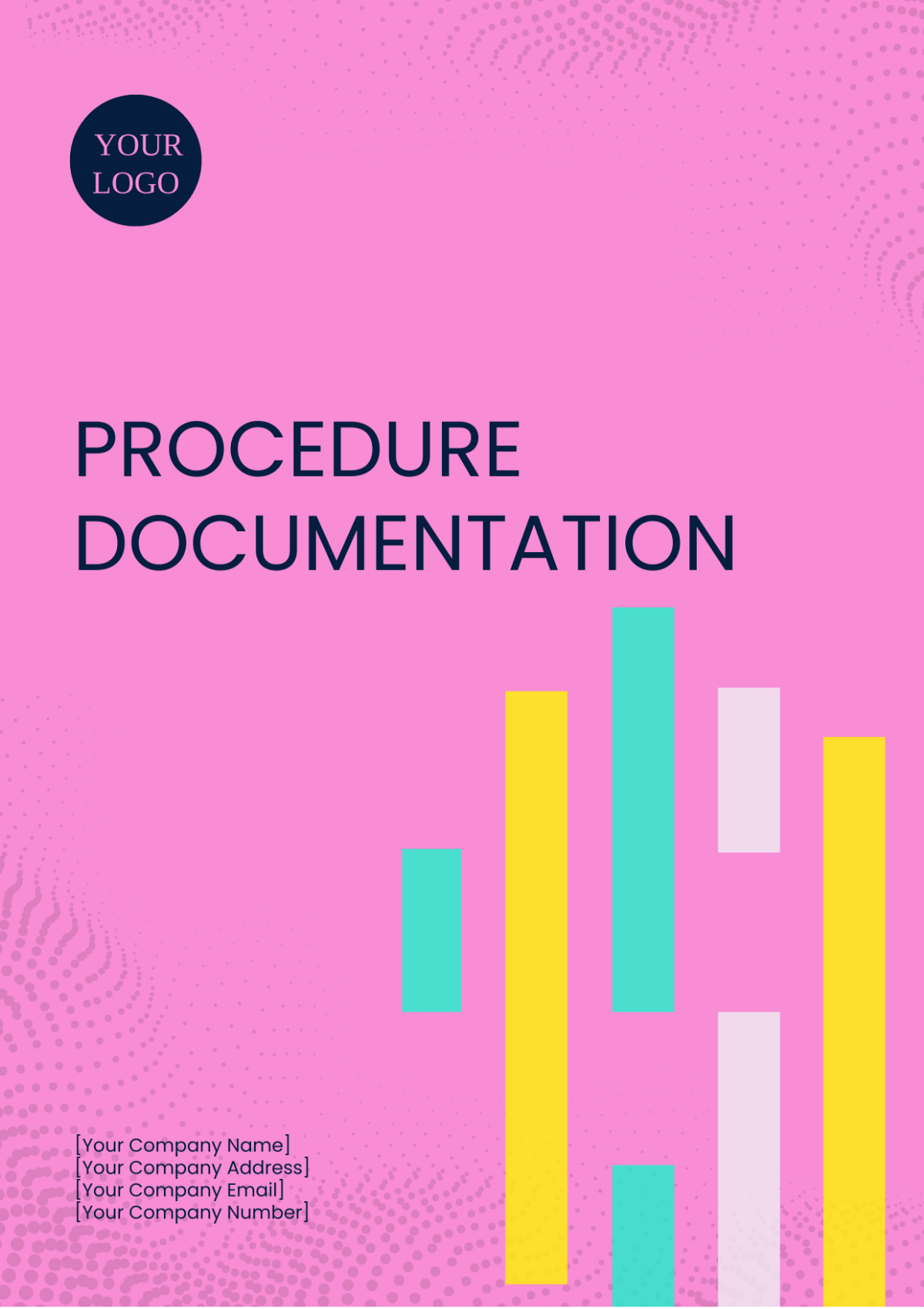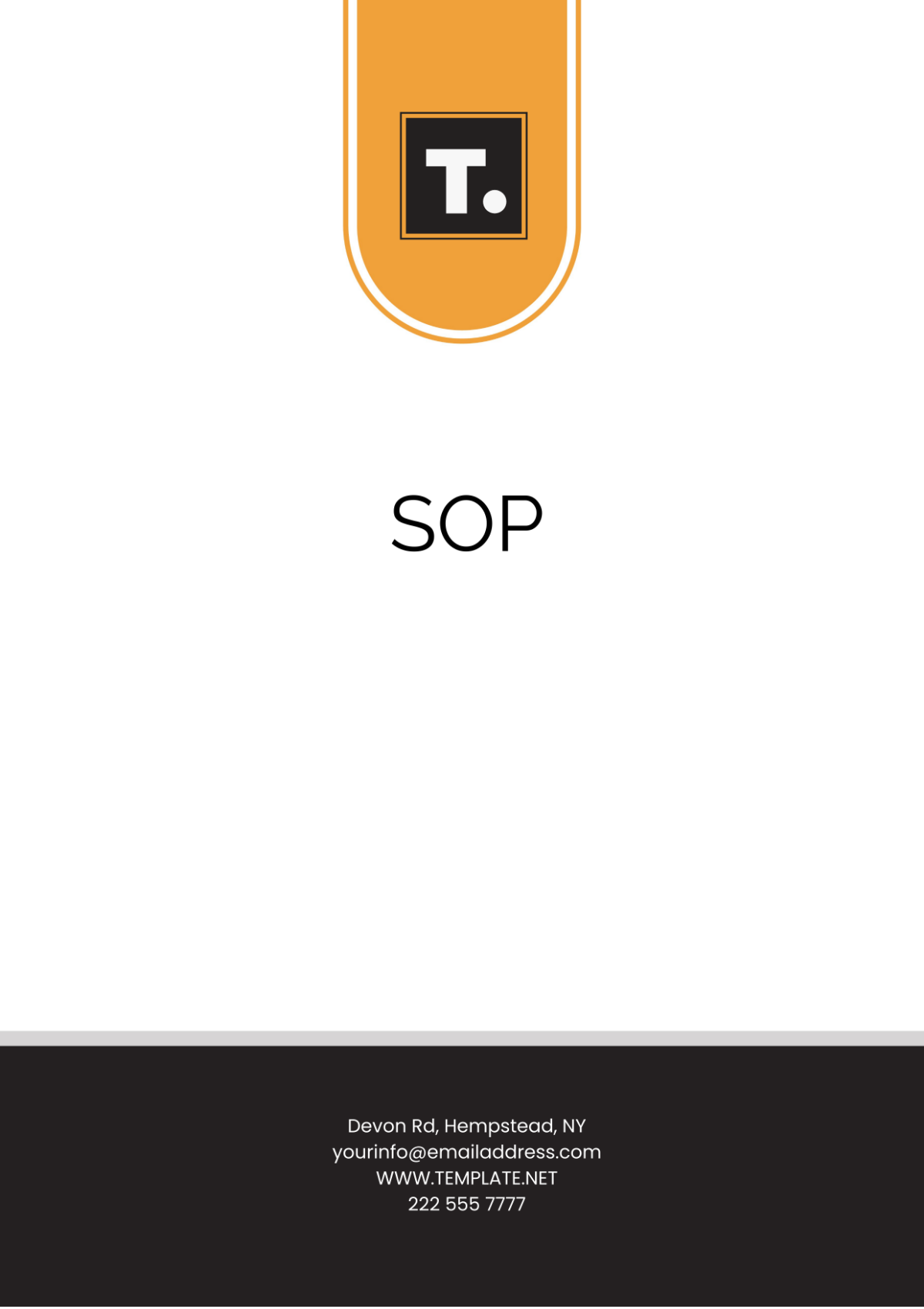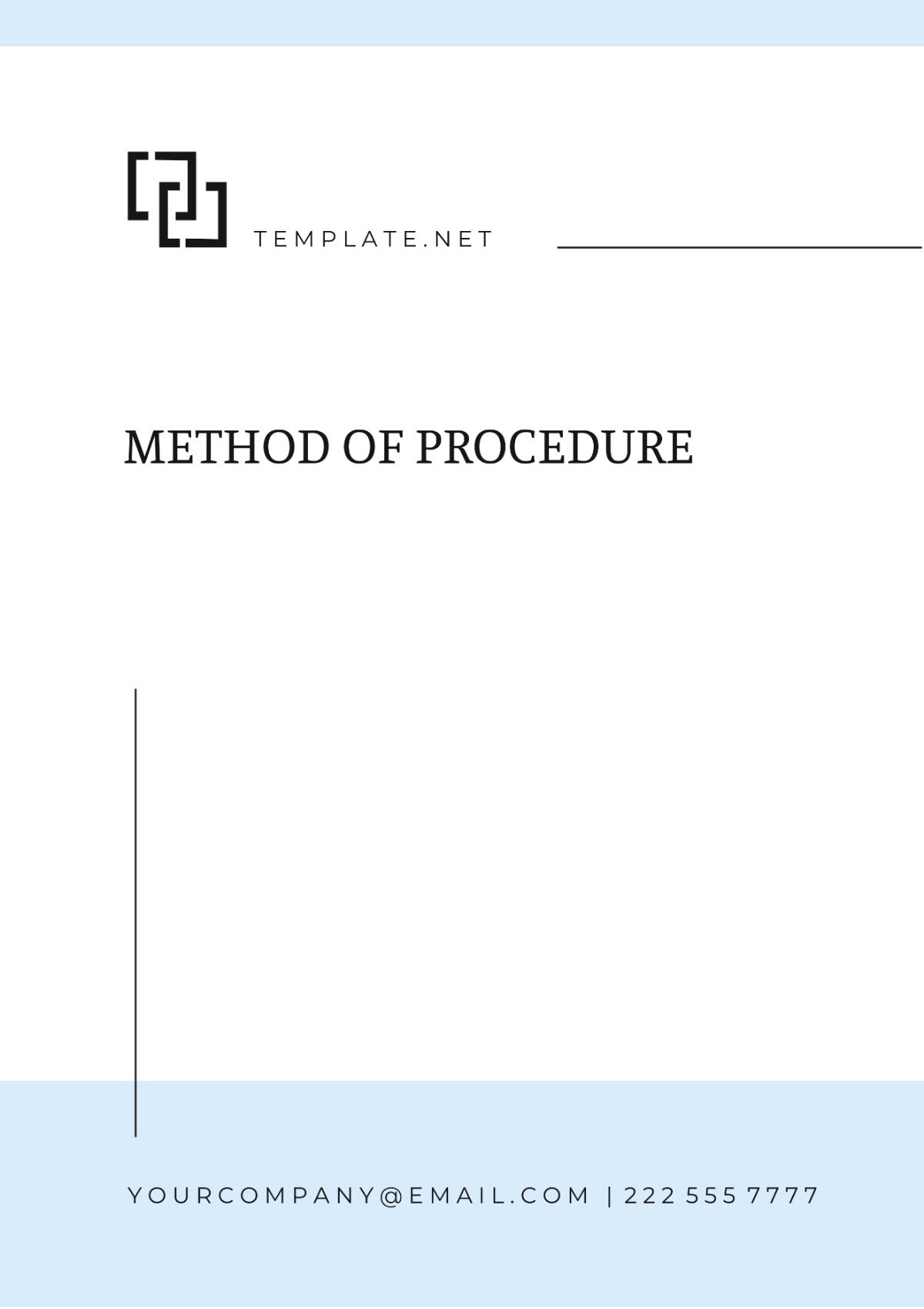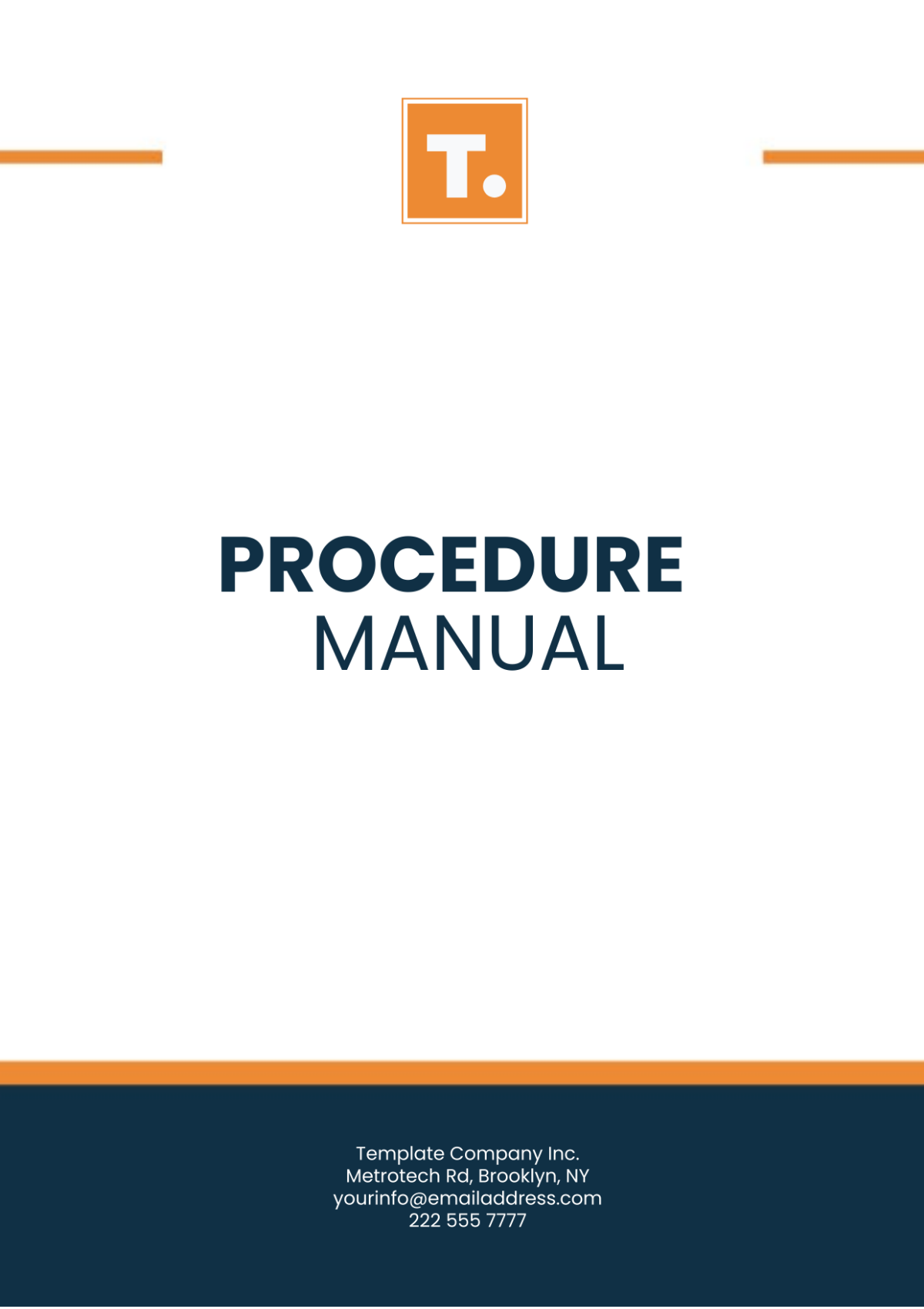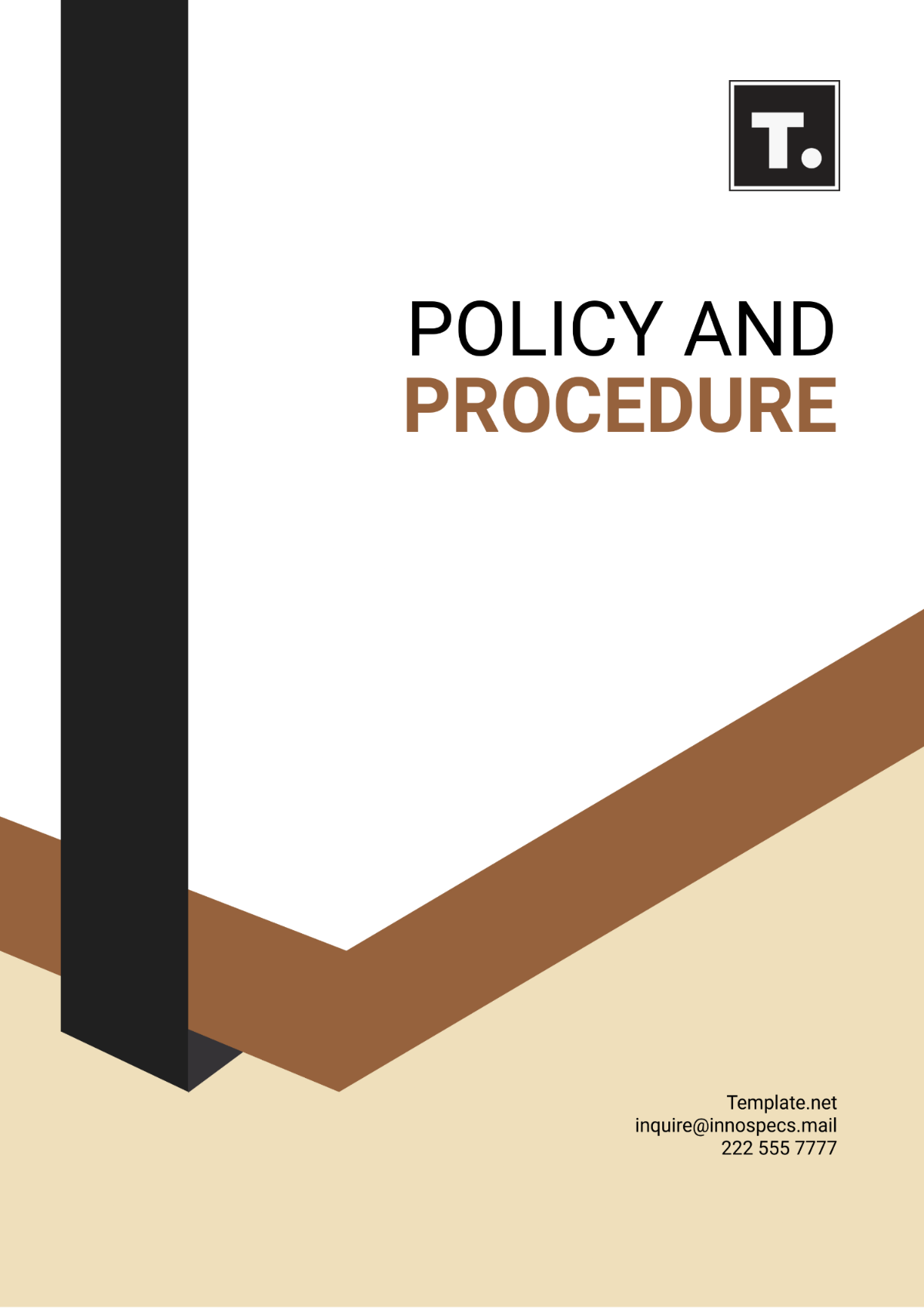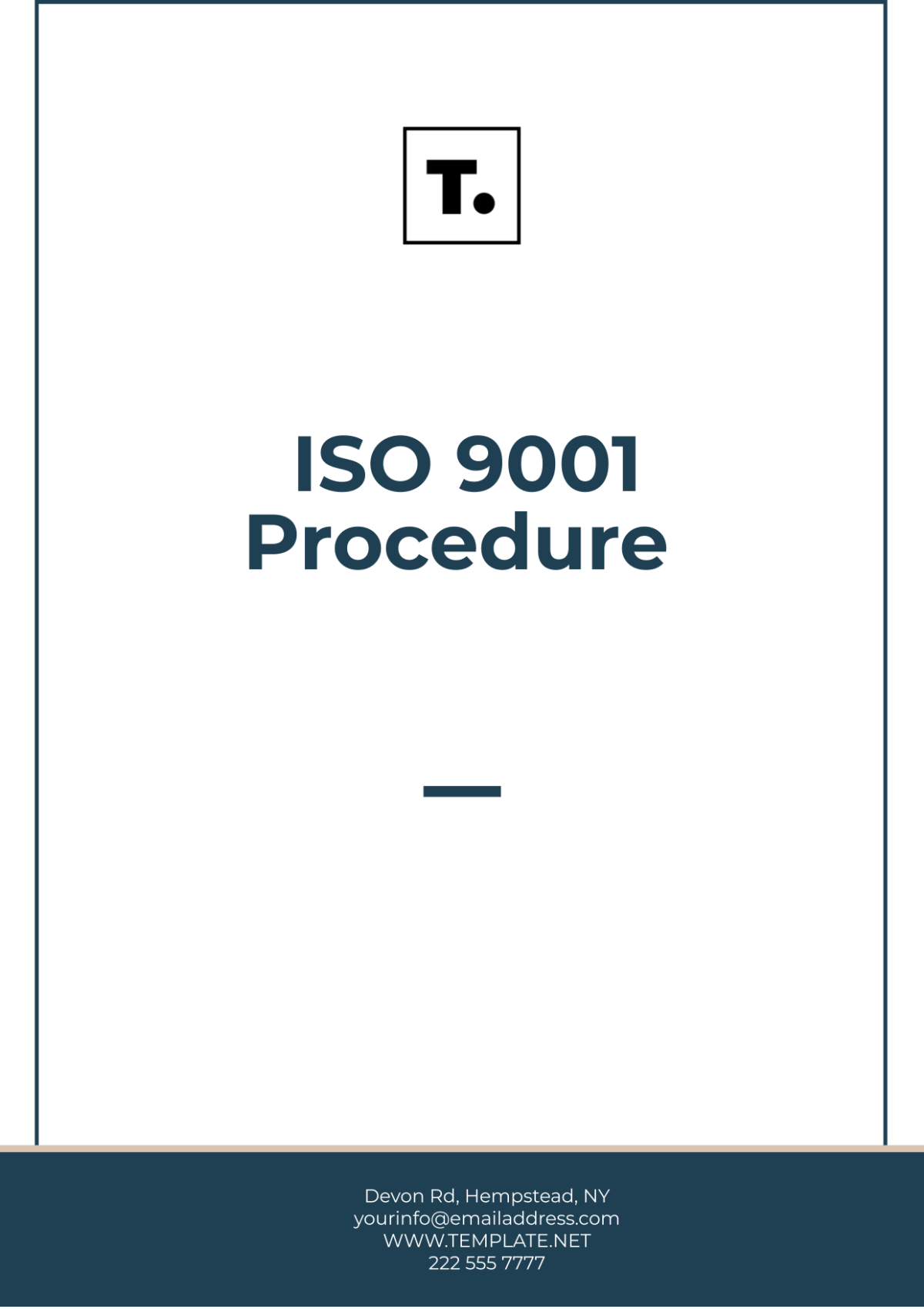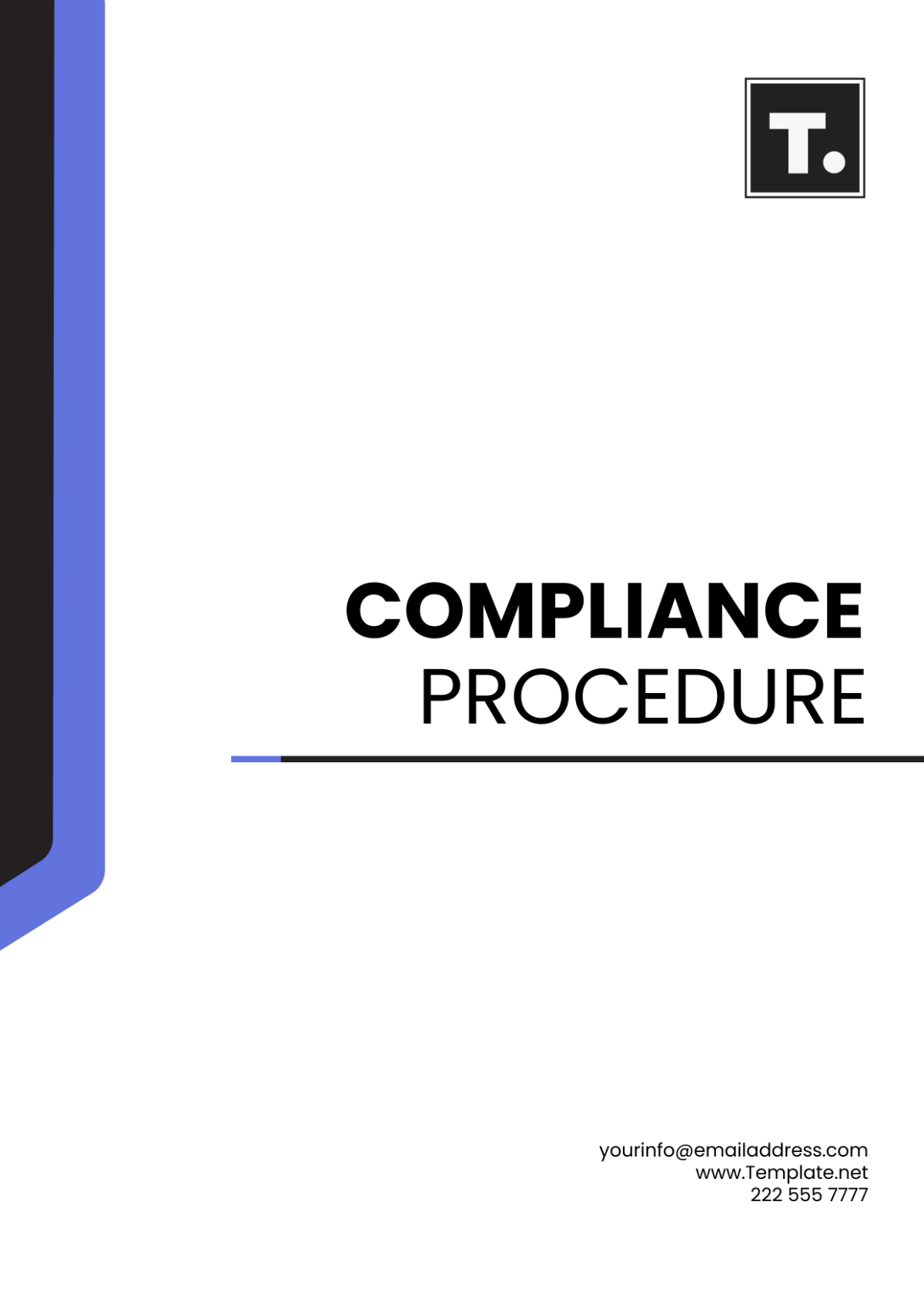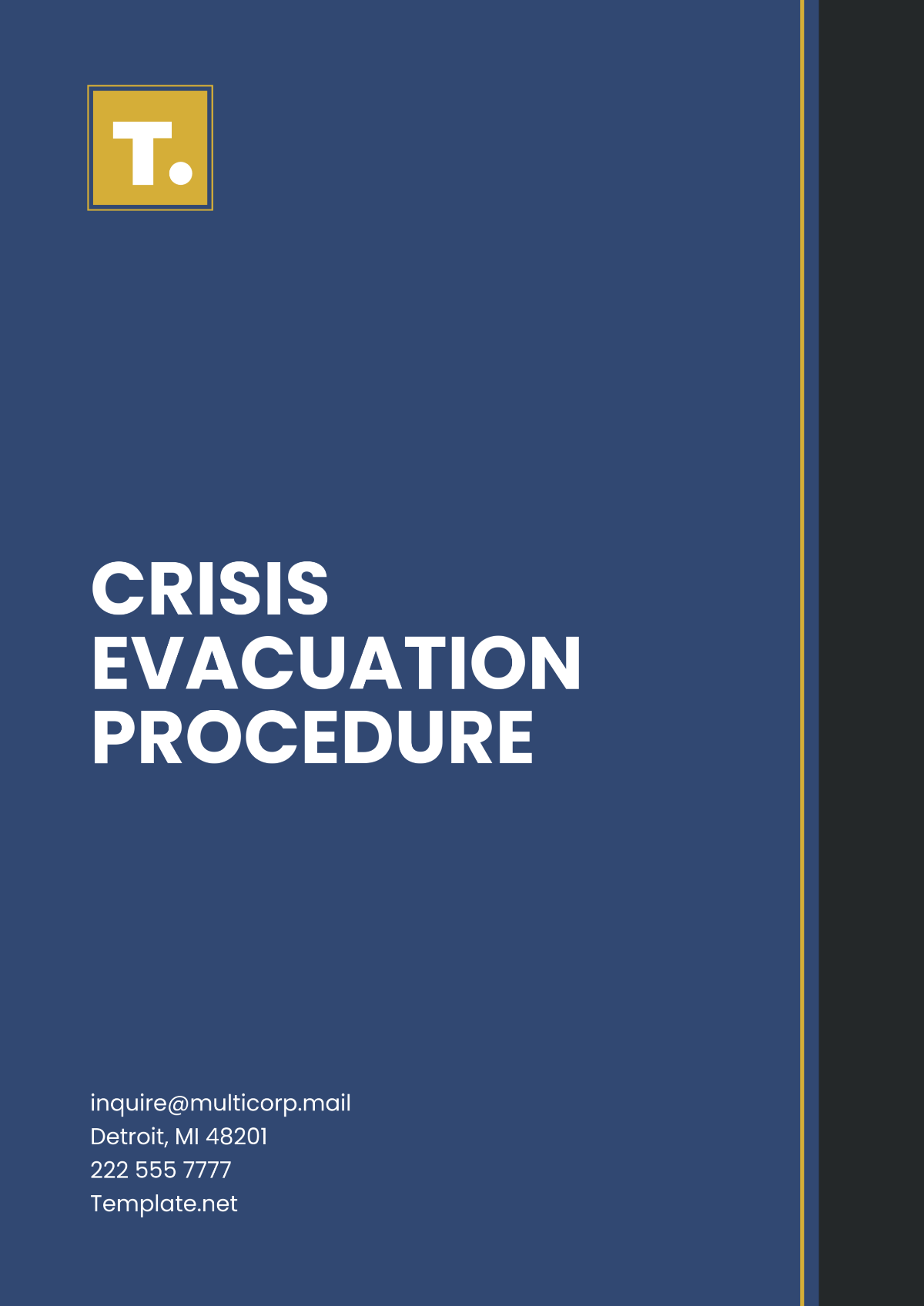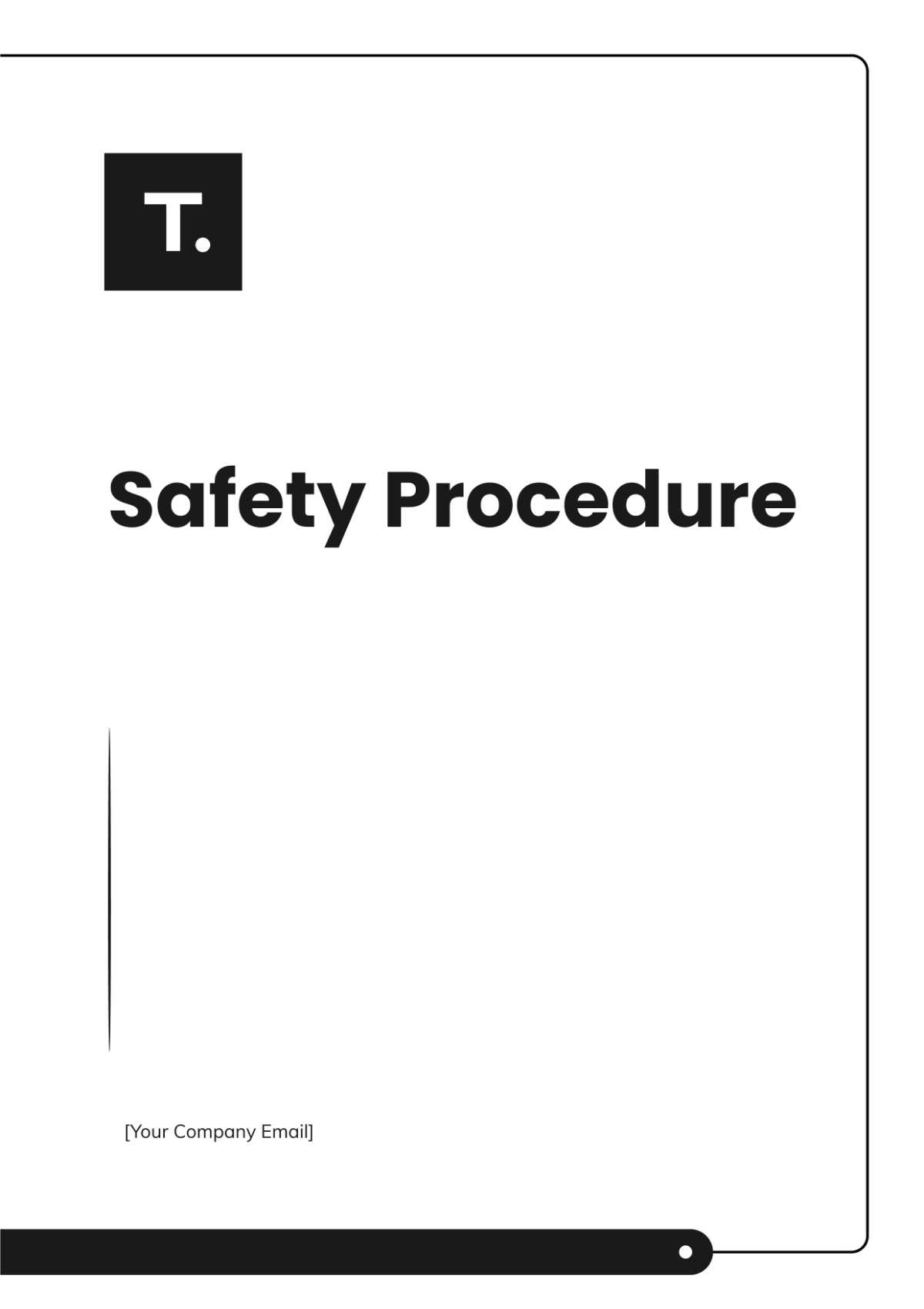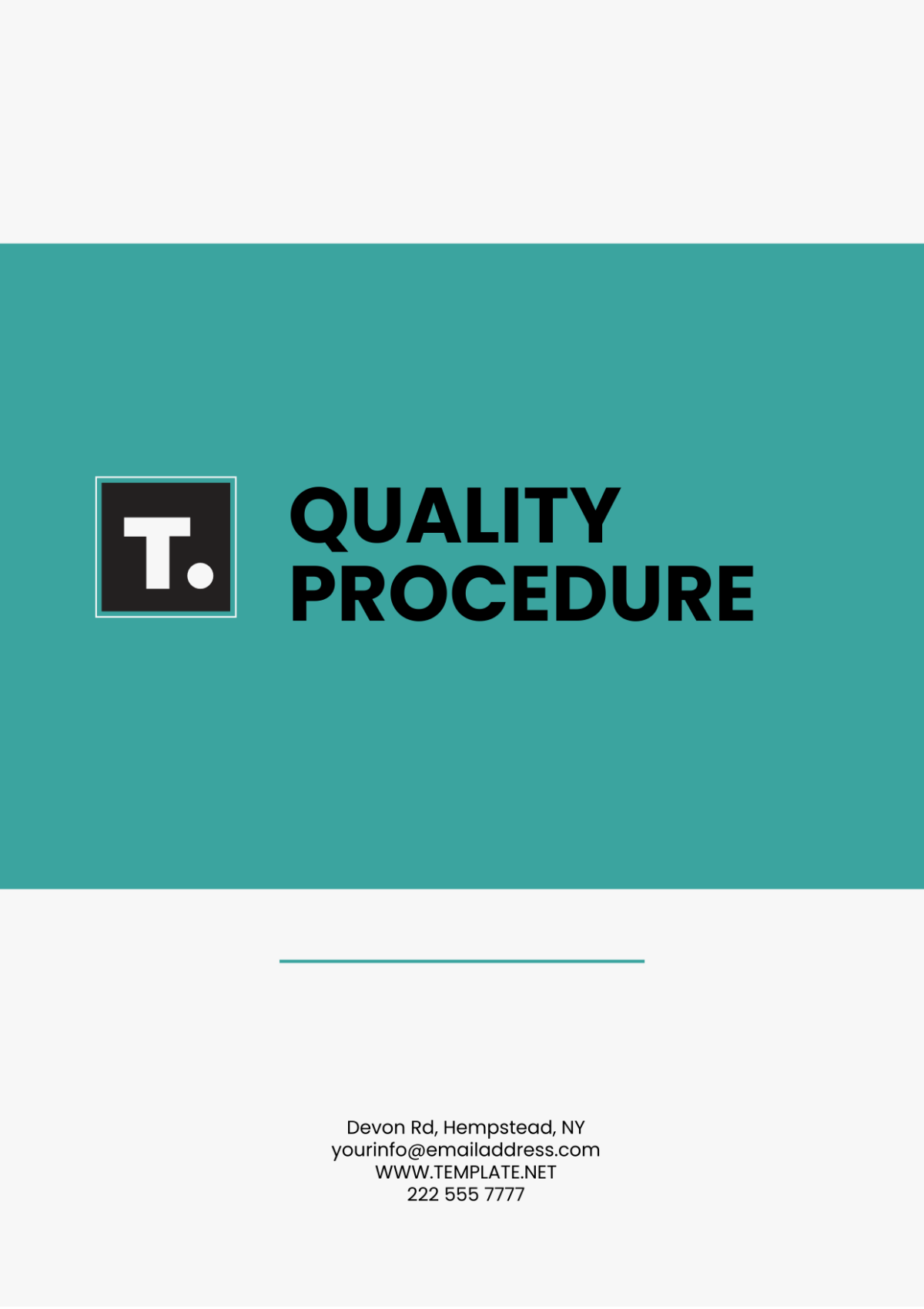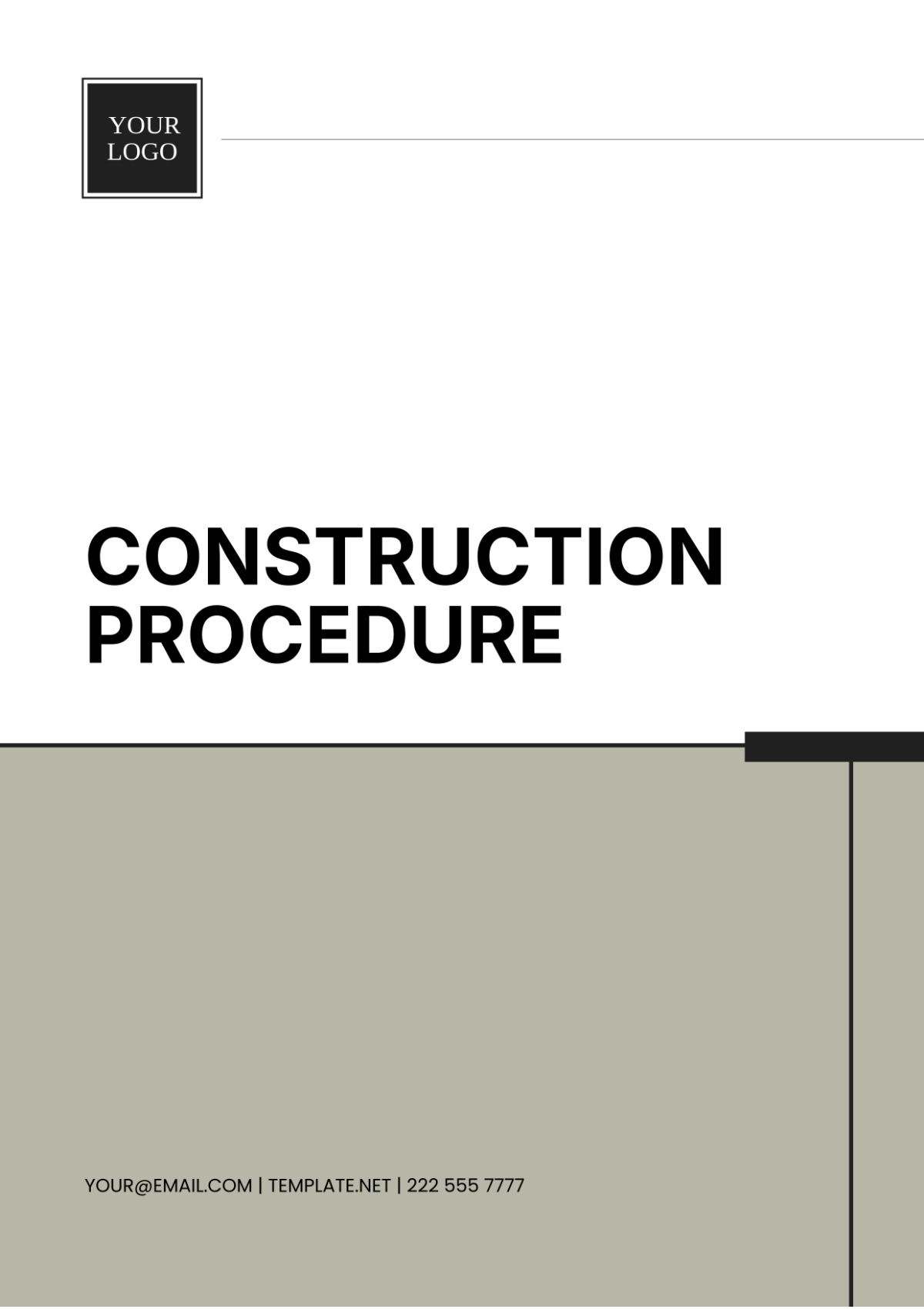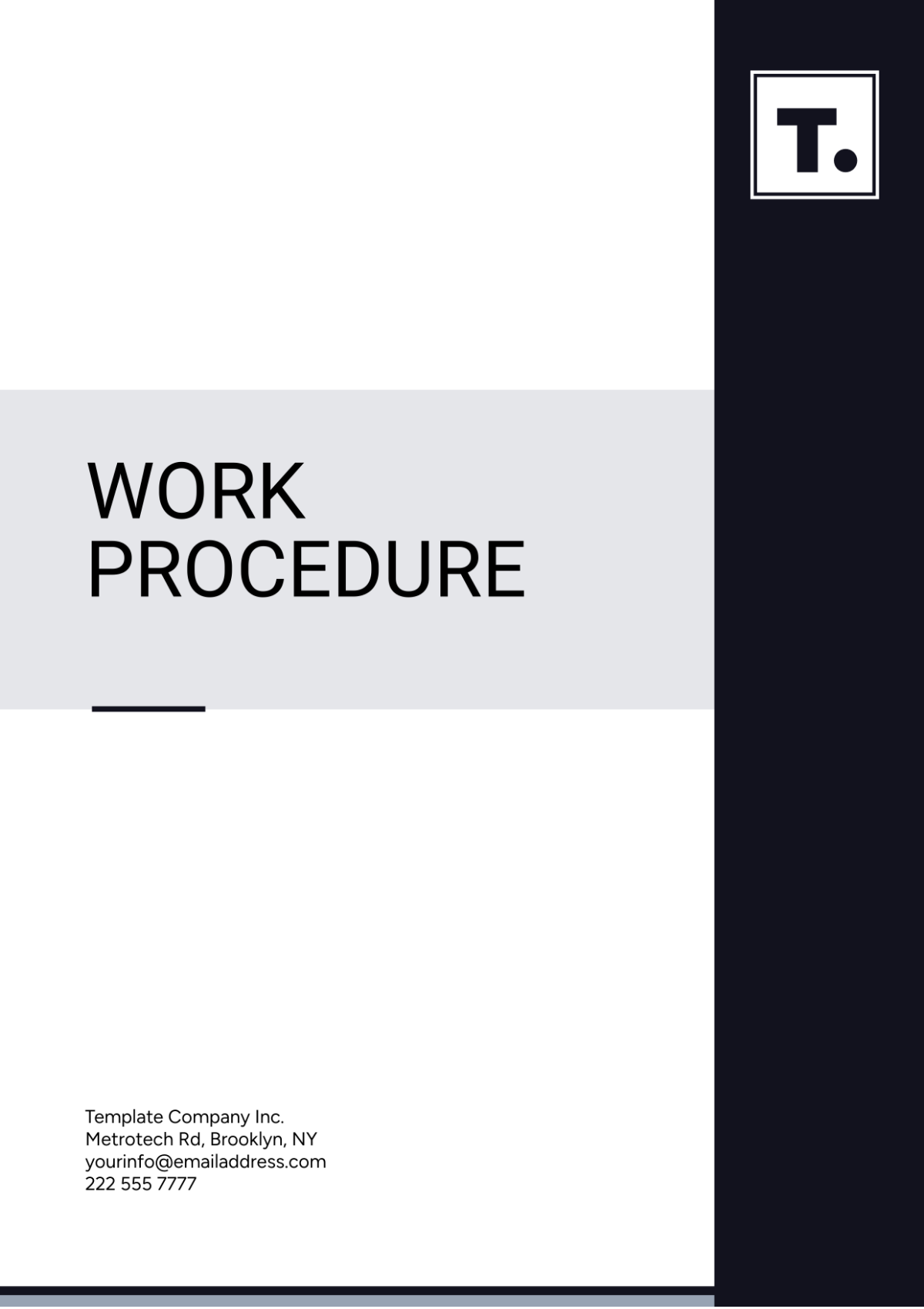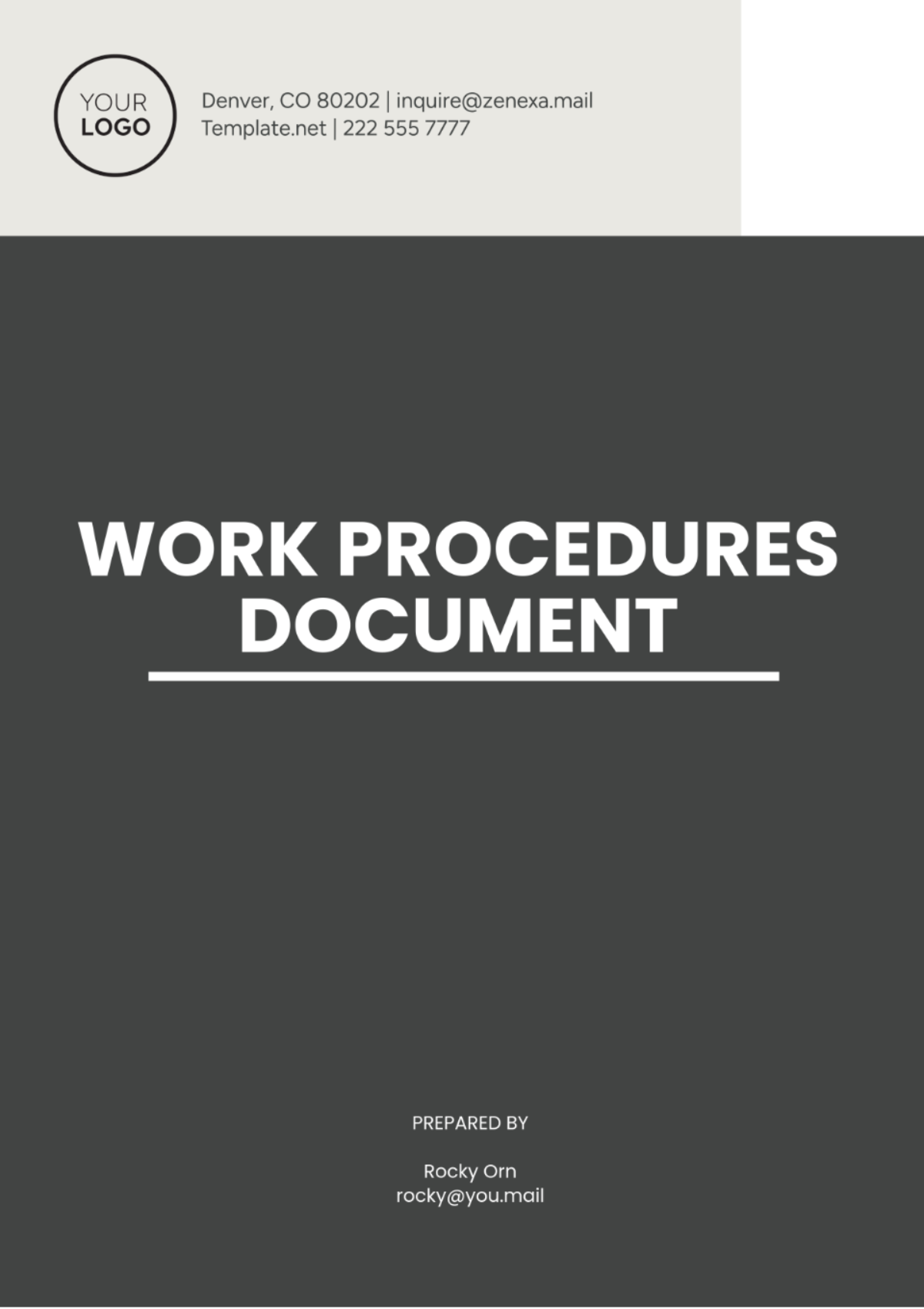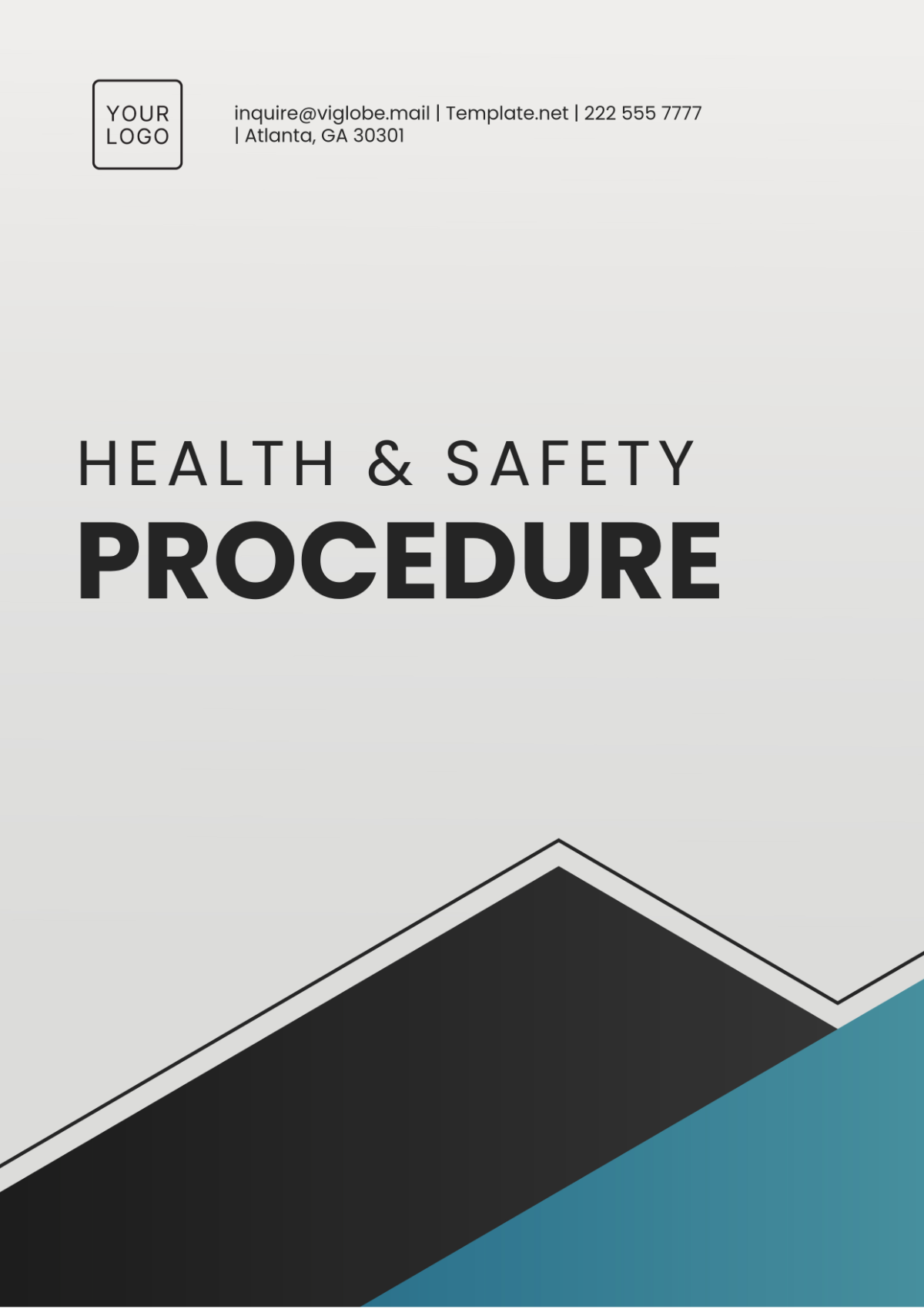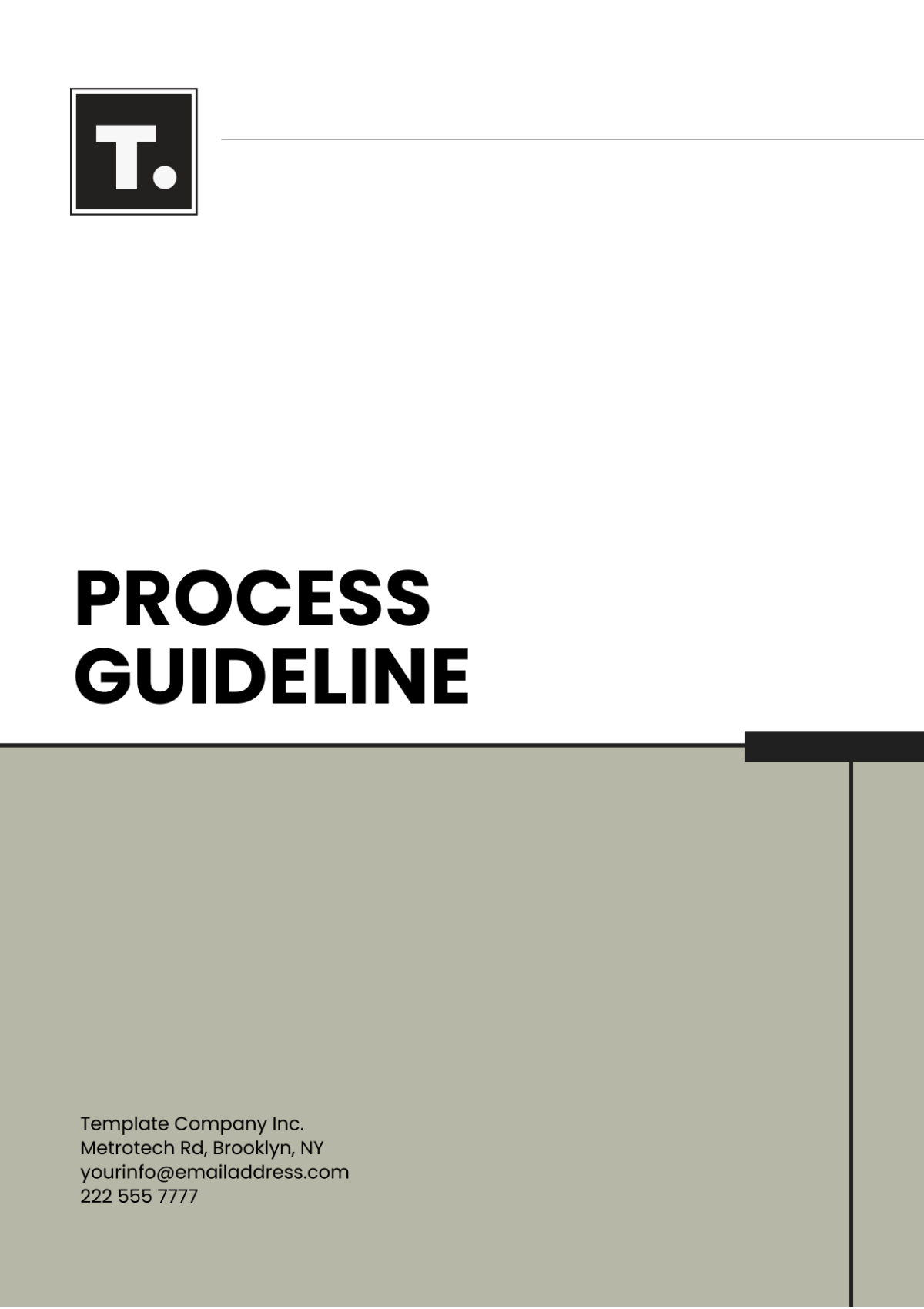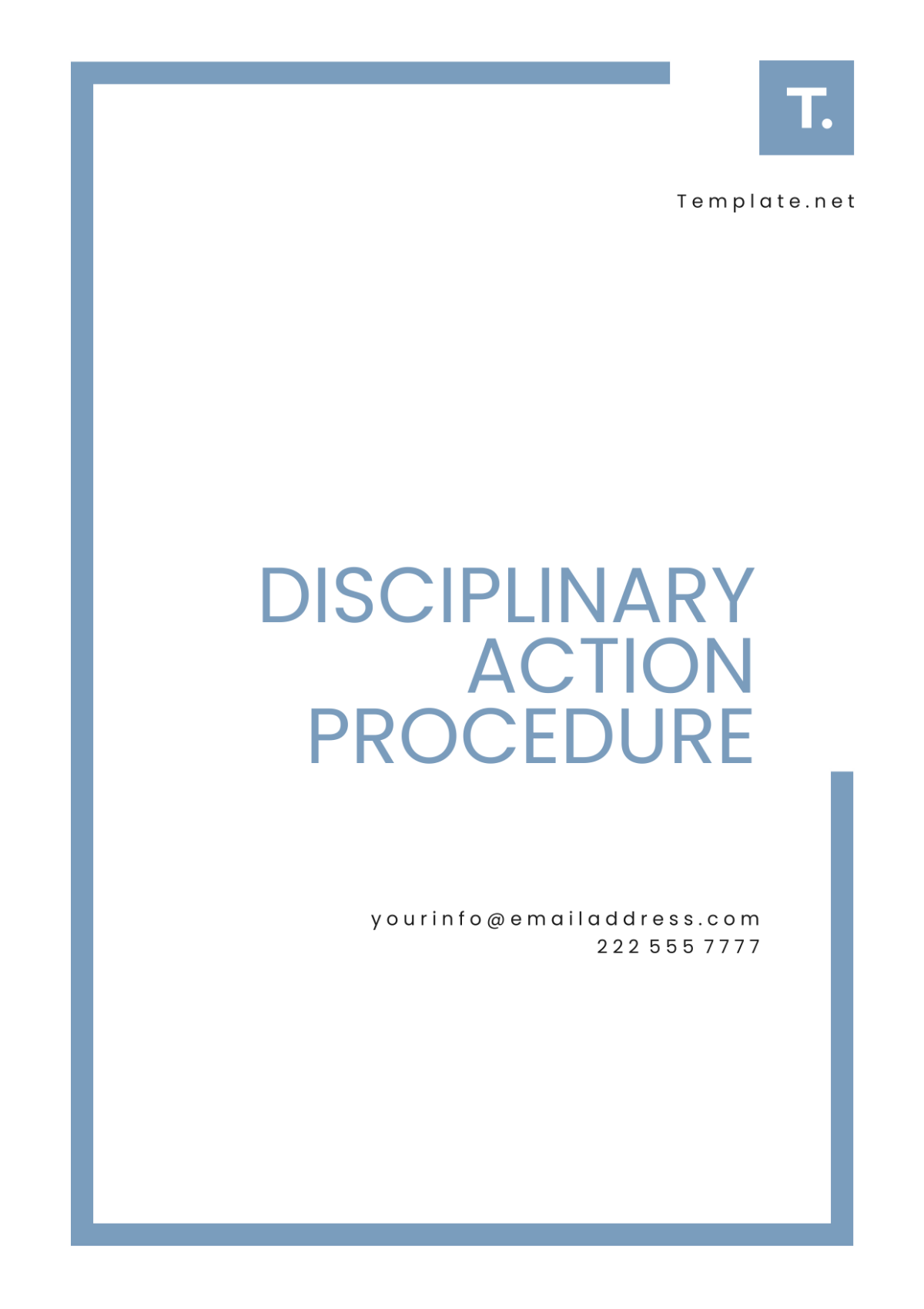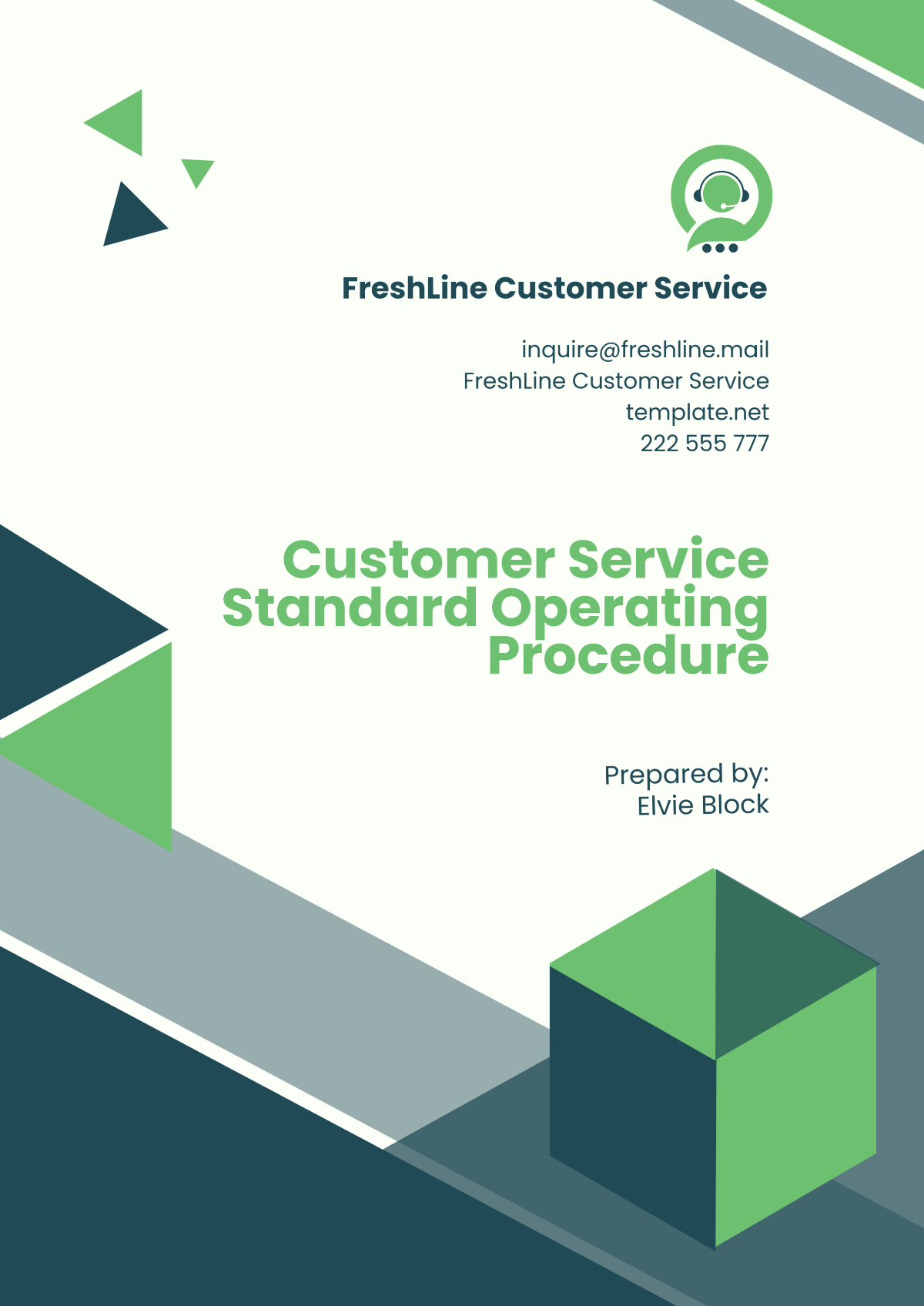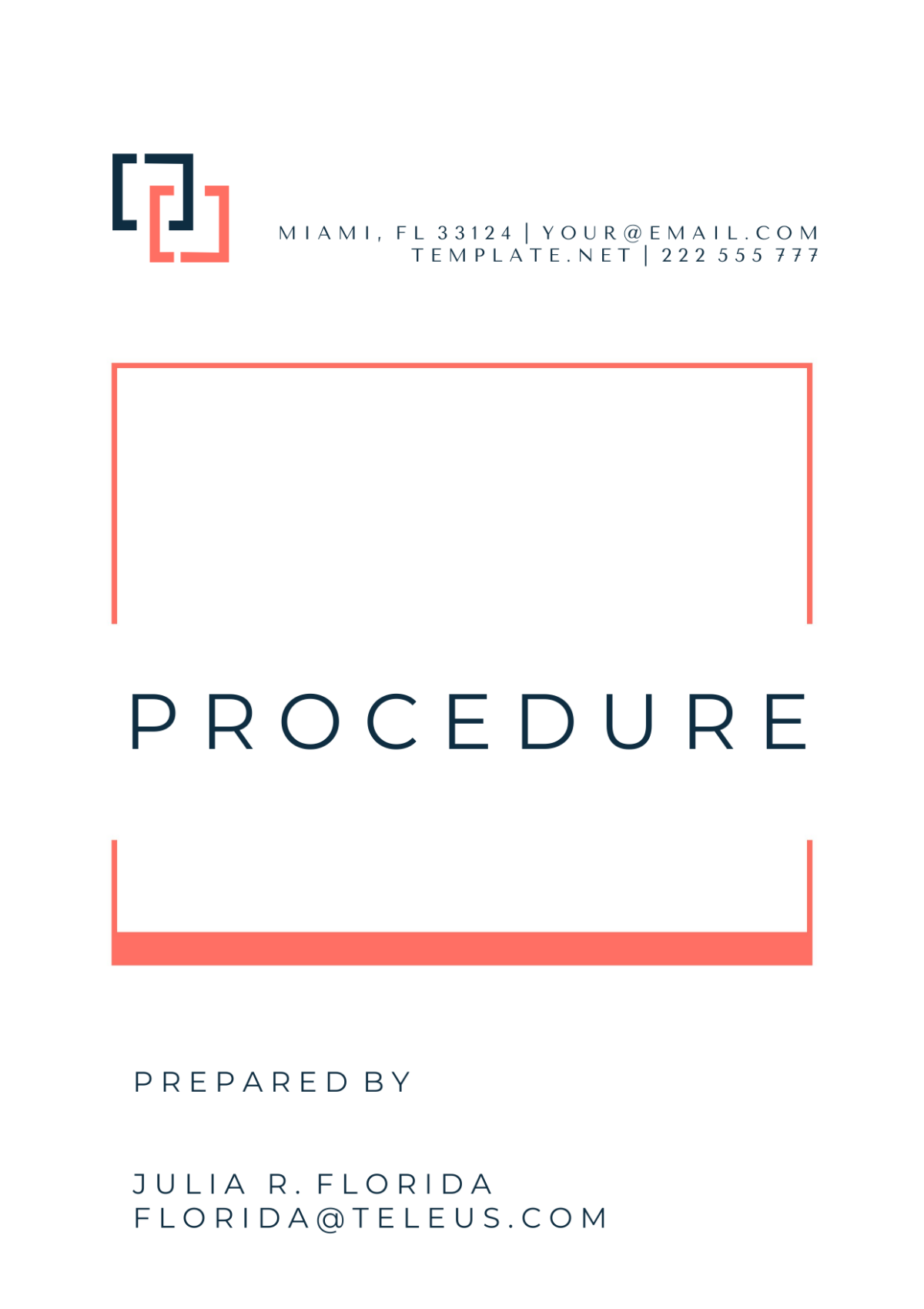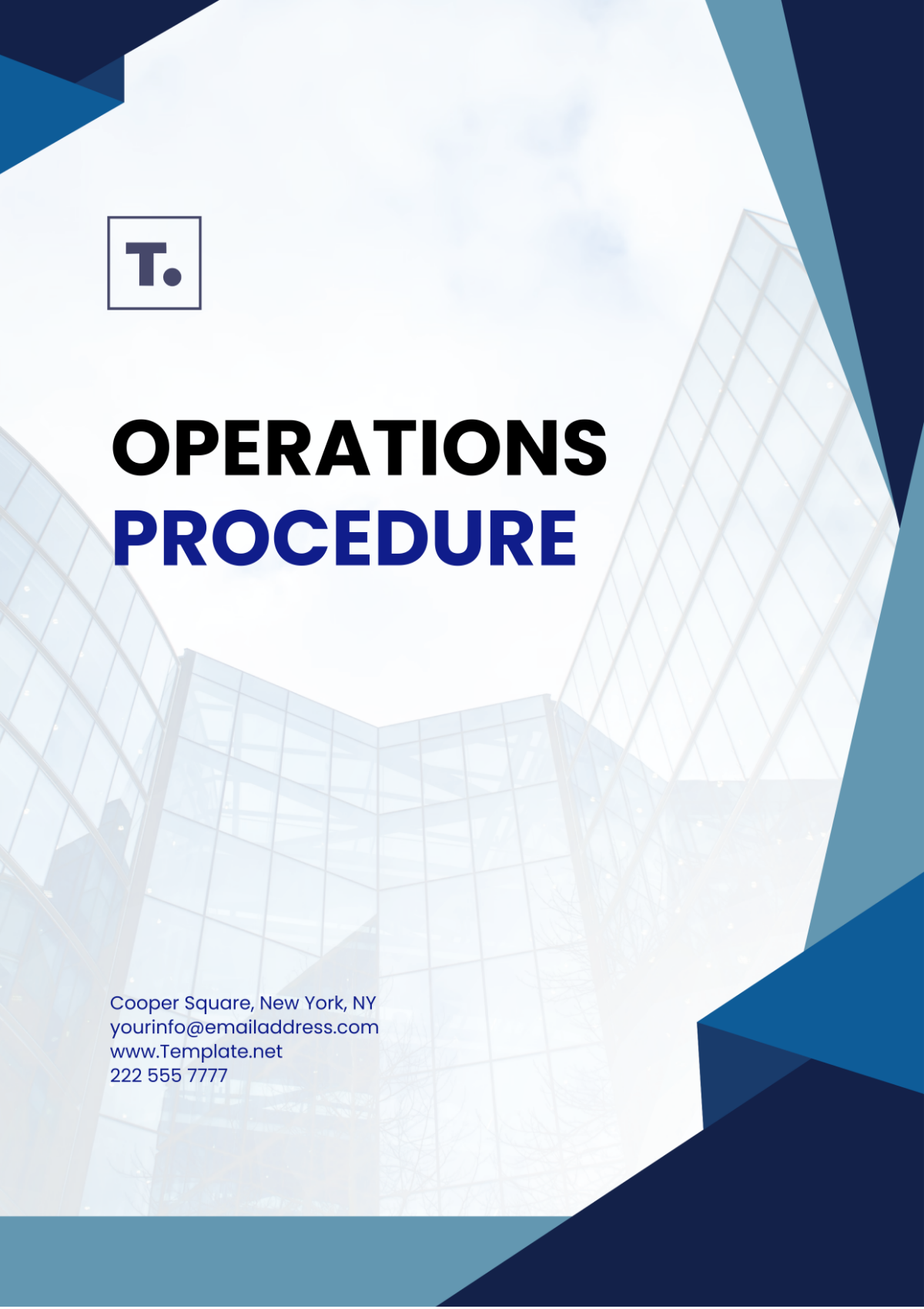Incident Reporting Procedure
Prepared By: | [YOUR NAME] |
Company Name: | [YOUR COMPANY NAME] |
Department: | [YOUR DEPARTMENT] |
Company Email: | [YOUR COMPANY EMAIL] |
Company Number: | [YOUR COMPANY NUMBER] |
Date: | [DATE] |
Introduction:
Welcome to the [YOUR COMPANY NAME] Incident Reporting Procedure Template. This document outlines the steps to follow in the event of an incident occurring within [YOUR DEPARTMENT]. Prompt and accurate reporting of incidents is crucial for ensuring the safety of personnel, protecting company assets, and maintaining regulatory compliance.
Scope:
This procedure applies to all employees and contractors who witness or are involved in an incident while performing their duties within [YOUR DEPARTMENT].
Purpose:
The purpose of this procedure is to establish a standardized approach to incident reporting, including the documentation, notification, and investigation processes, to facilitate timely resolution and prevention of future incidents.
I. Incident Identification
Description: Any employee who witnesses or is involved in an incident must promptly identify and report it to the appropriate personnel.
Steps:
[EMPLOYEE]: Recognize and identify any incidents, including accidents, injuries, near misses, or hazardous situations.
[EMPLOYEE]: Take immediate action to ensure the safety of individuals and mitigate further risks, if possible.
[EMPLOYEE]: Notify the designated incident reporting personnel or supervisor as soon as practicable.
II. Incident Documentation
Description: Accurate and detailed documentation of incidents is essential for investigation, analysis, and preventive action.
Steps:
[REPORTING PERSONNEL]: Record the details of the incident in the designated incident reporting form or software system.
[REPORTING PERSONNEL]: Document the date, time, location, individuals involved, witnesses, and a description of the incident.
[REPORTING PERSONNEL]: Attach any relevant photographs, sketches, or other supporting documentation to the incident report.
III. Incident Notification
Description: Timely notification of incidents ensures that appropriate actions can be taken promptly to address the situation.
Steps:
[REPORTING PERSONNEL]: Notify the relevant department heads, supervisors, or designated incident response team members about the incident.
[REPORTING PERSONNEL]: Communicate the severity and potential impacts of the incident to facilitate decision-making and resource allocation.
[REPORTING PERSONNEL]: Follow established communication channels and protocols for incident notification, including escalation procedures for significant incidents.
IV. Incident Investigation
Description: An investigation is conducted to determine the root cause(s) of the incident and implement corrective actions to prevent recurrence.
Steps:
[INVESTIGATION TEAM]: Form an investigation team comprising qualified personnel with relevant expertise.
[INVESTIGATION TEAM]: Gather evidence, interview witnesses, and analyze data to identify contributing factors and root causes.
[INVESTIGATION TEAM]: Develop recommendations for corrective and preventive actions based on the findings of the investigation.
[MANAGEMENT/RESPONSIBLE PERSON]: Review and approve the investigation report and implement the recommended actions.
V. Incident Follow-Up and Closure
Description: After implementing corrective actions, it is essential to monitor their effectiveness and close the incident report once all actions are completed.
Steps:
[RESPONSIBLE PERSON]: Implement the corrective and preventive actions identified during the investigation.
[RESPONSIBLE PERSON]: Monitor the effectiveness of the actions and make adjustments as necessary to prevent recurrence.
[REPORTING PERSONNEL]: Close the incident report in the designated incident reporting system once all actions are completed and verified.
VI. Conclusion
The Incident Reporting Procedure is vital for maintaining a safe and compliant work environment within [YOUR DEPARTMENT]. By promptly identifying, documenting, and investigating incidents, we can implement corrective actions to prevent recurrence and continuously improve our processes.
VII. Additional Reminders and Tips:
Encourage a culture of reporting and transparency to ensure incidents are reported without fear of reprisal.
Provide training and support to employees on incident reporting procedures and their roles and responsibilities.
Regularly review and update the incident reporting procedure to reflect changes in operations, regulations, or lessons learned from incident investigations.

